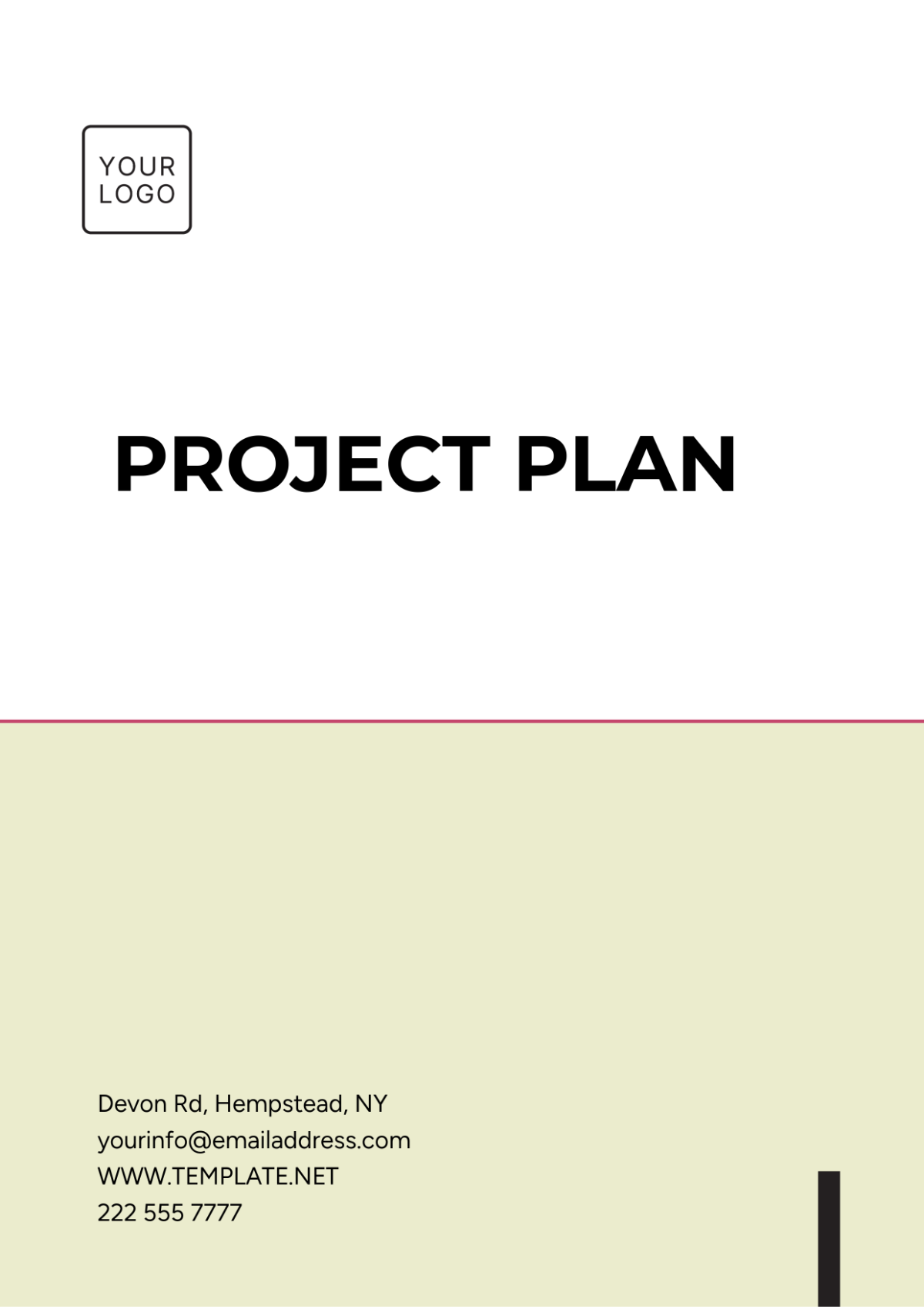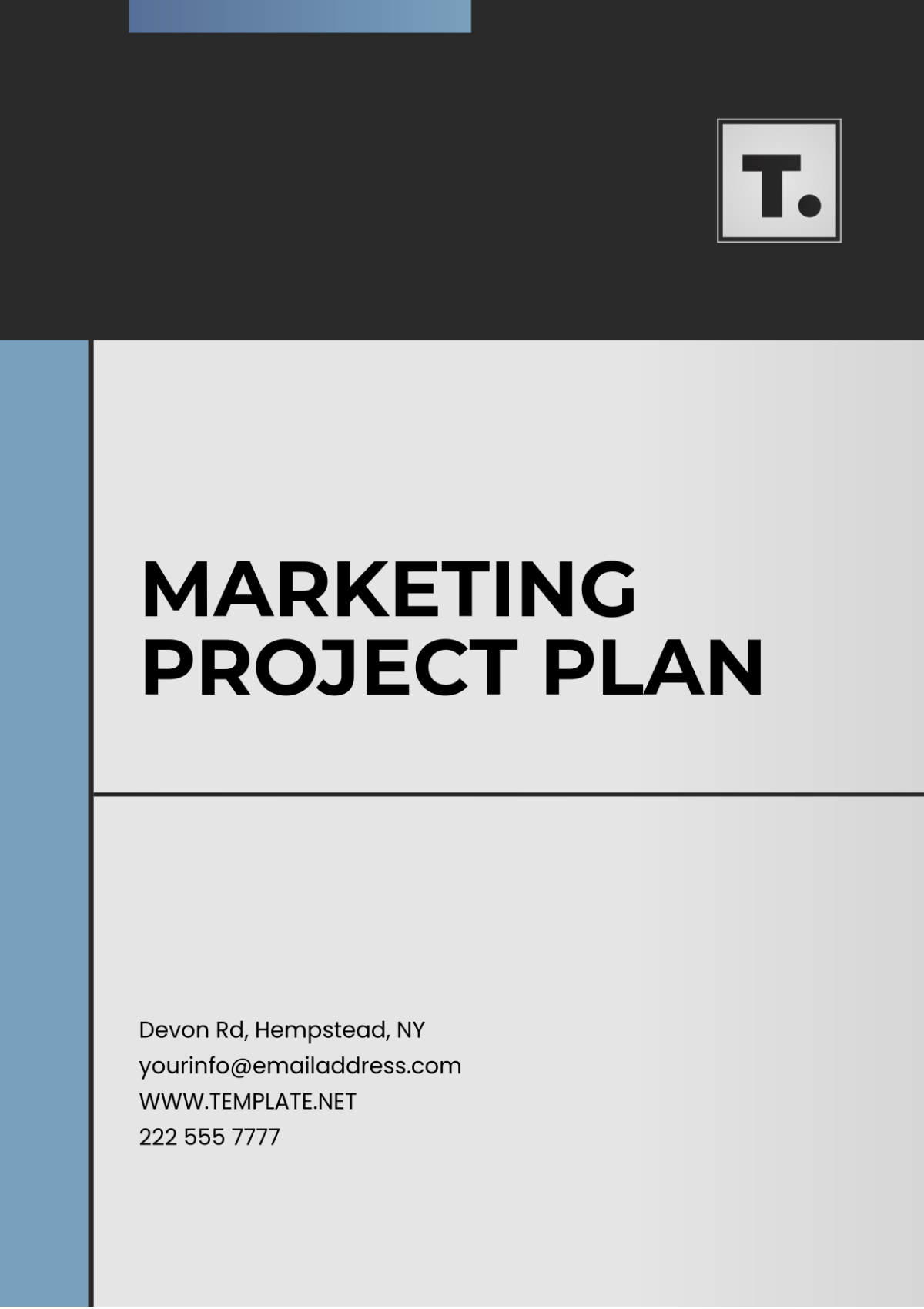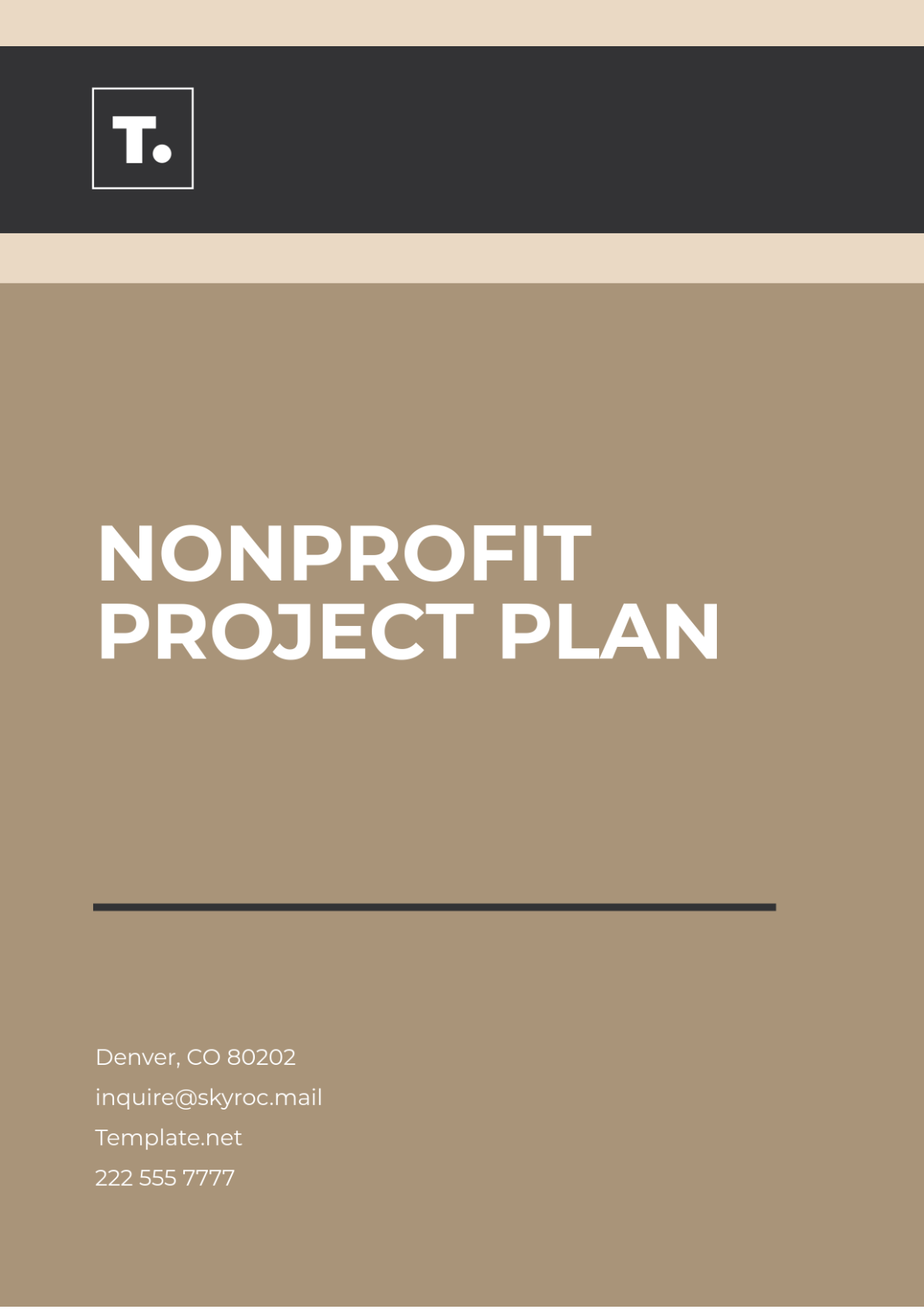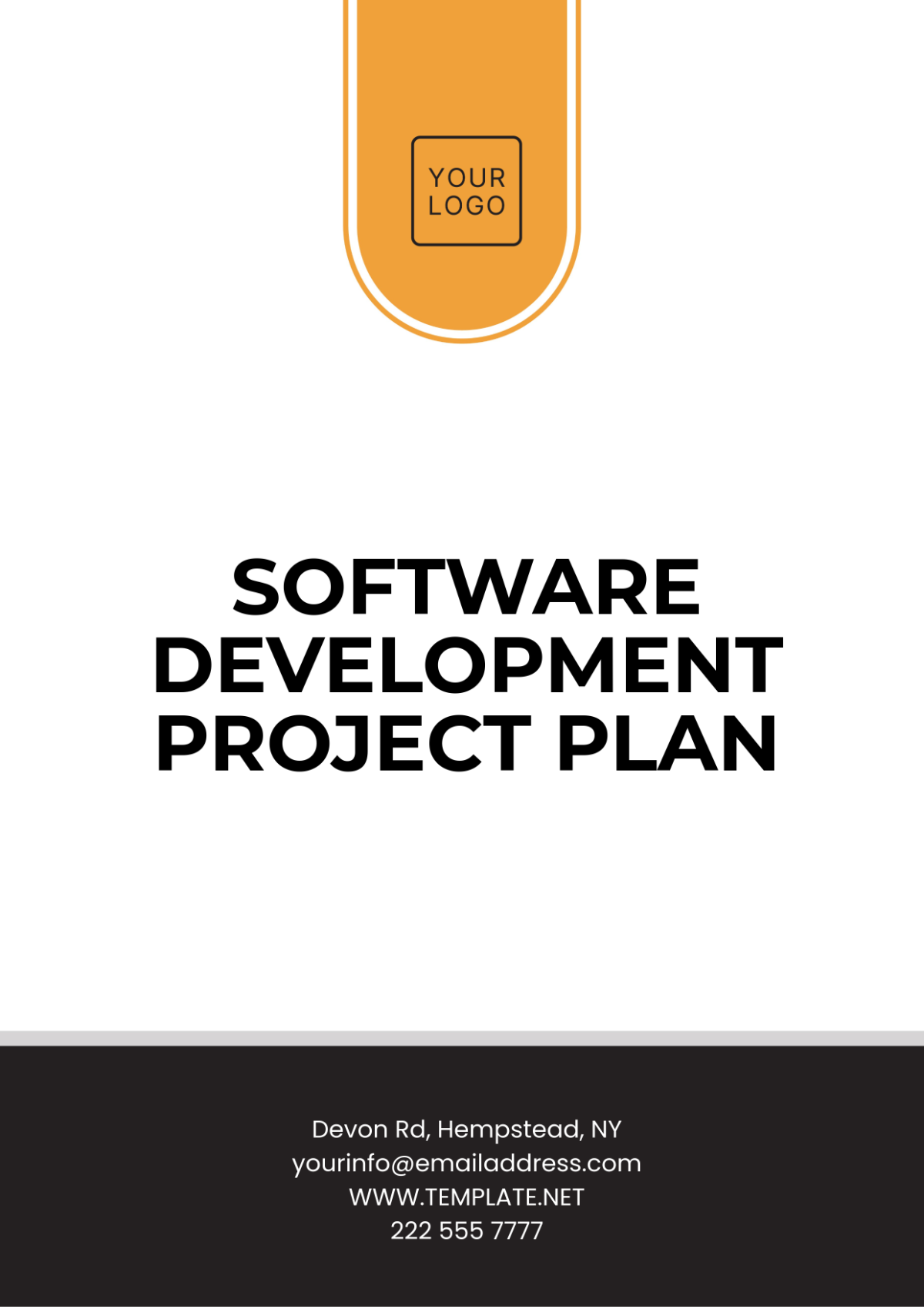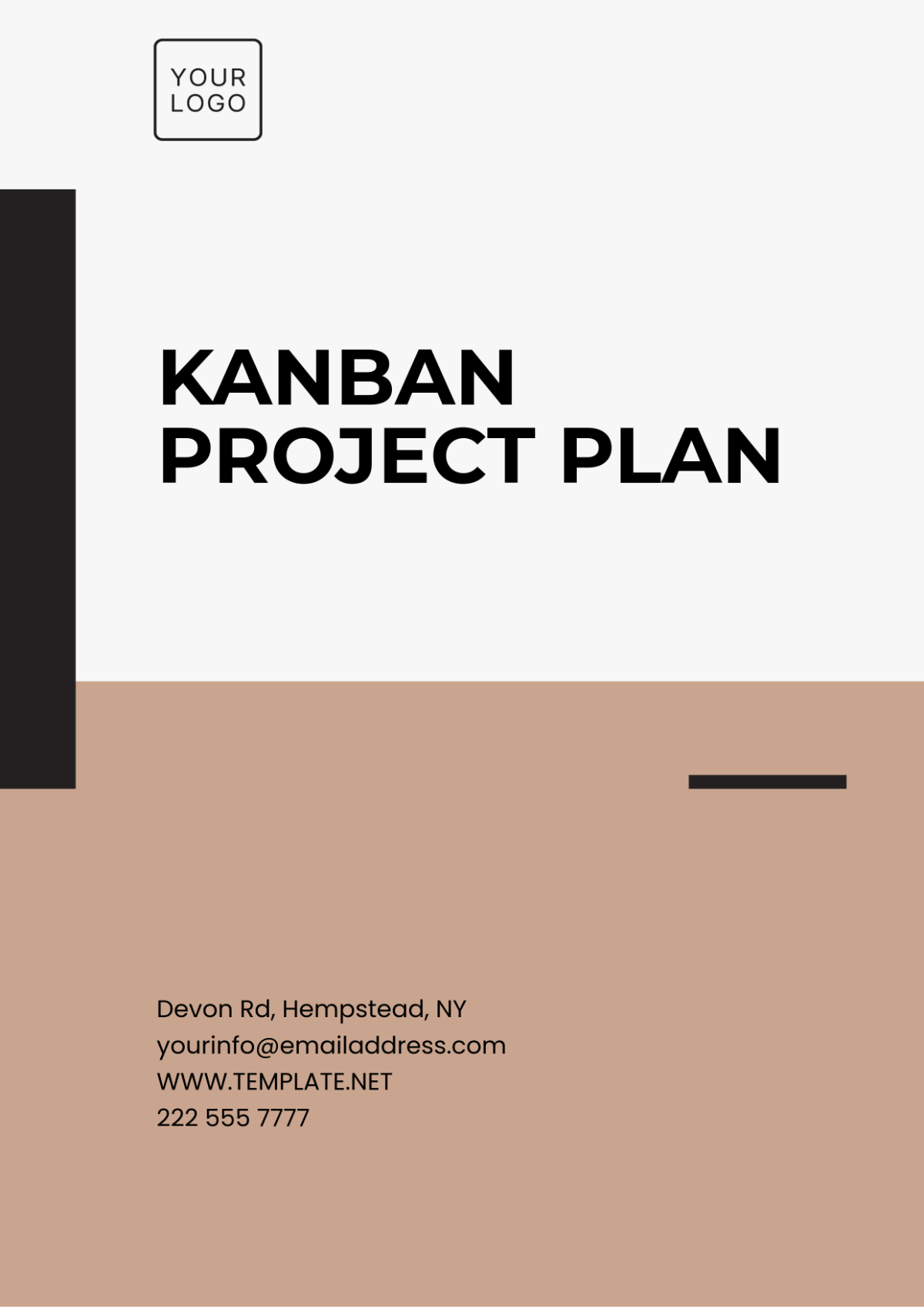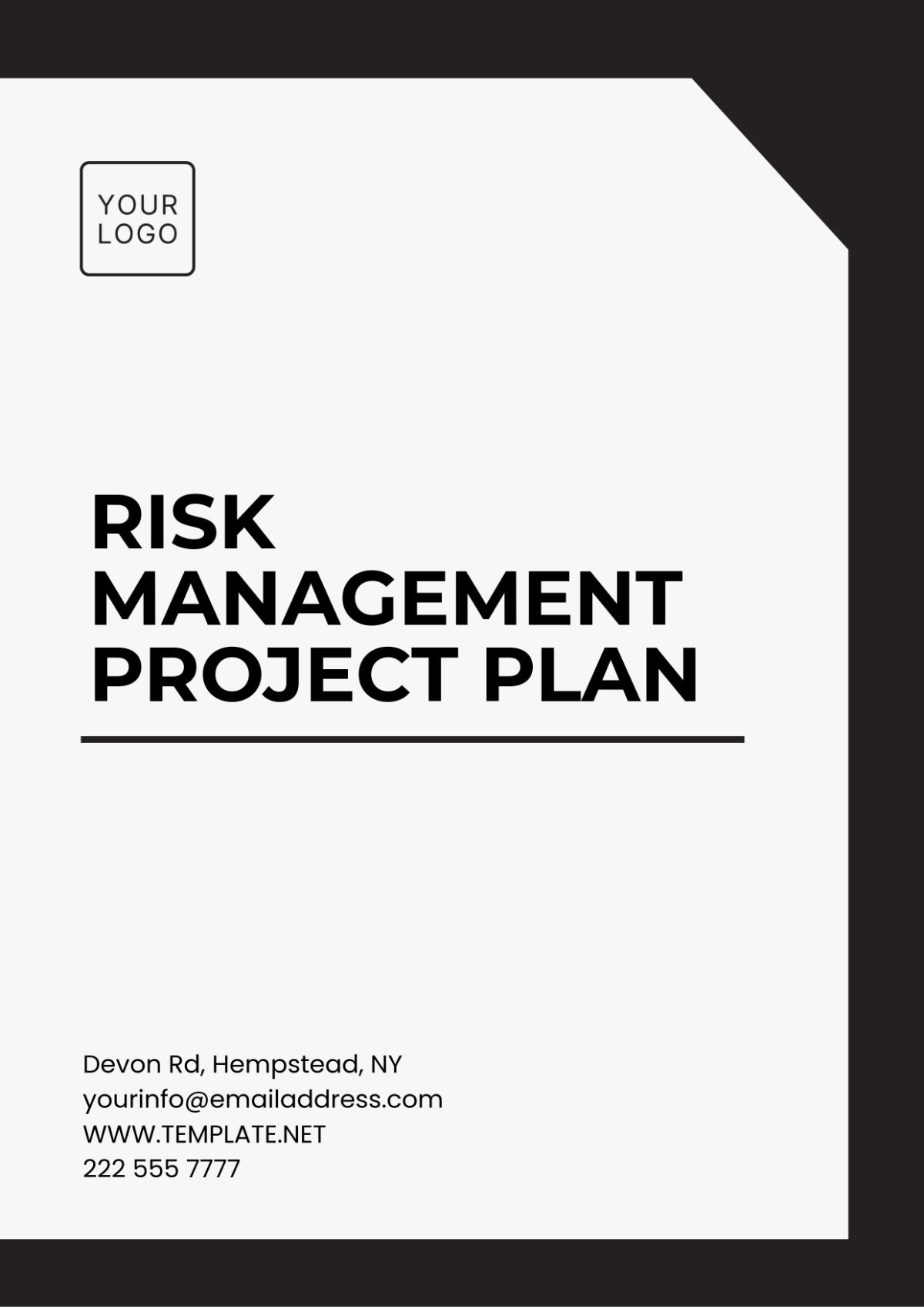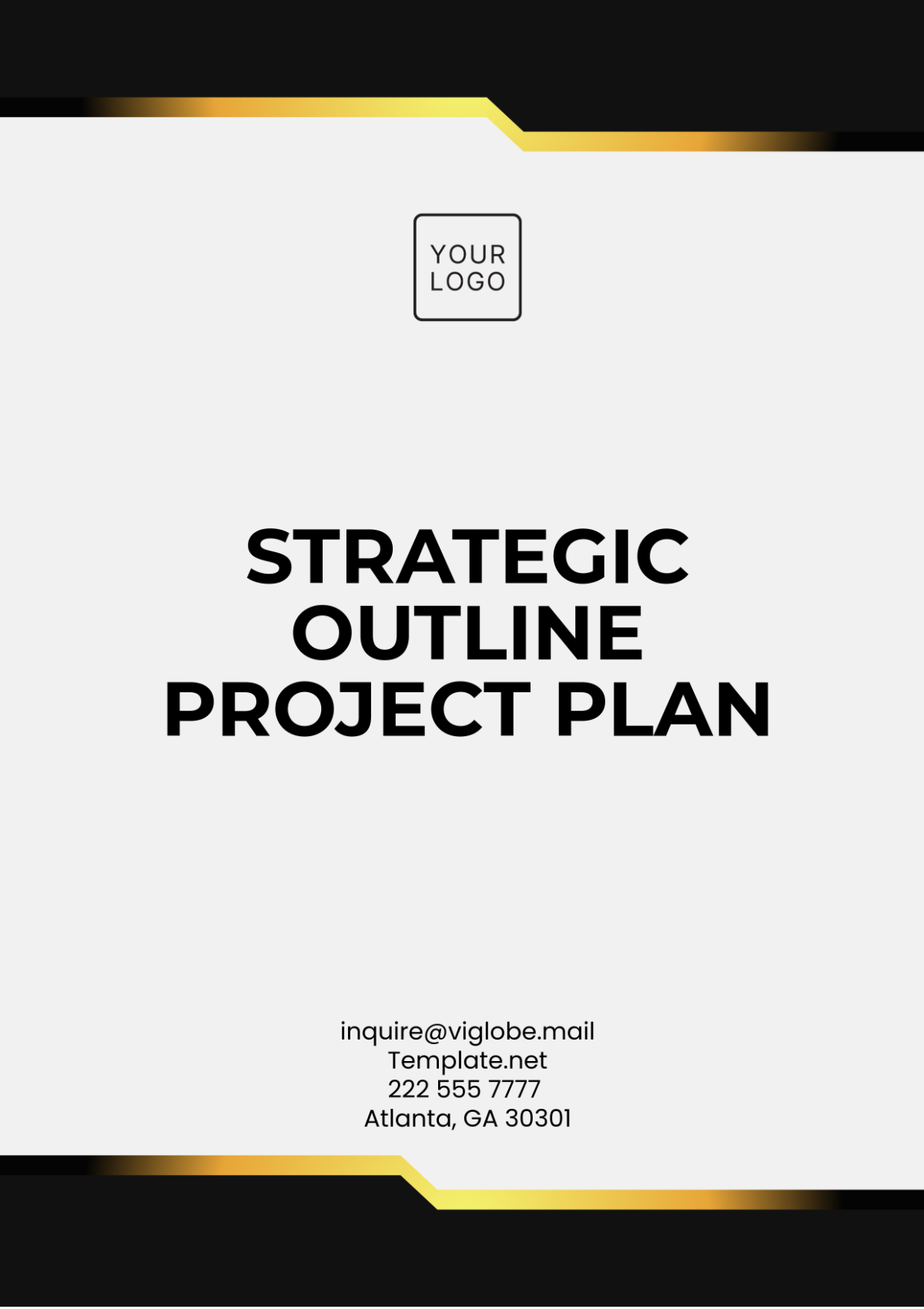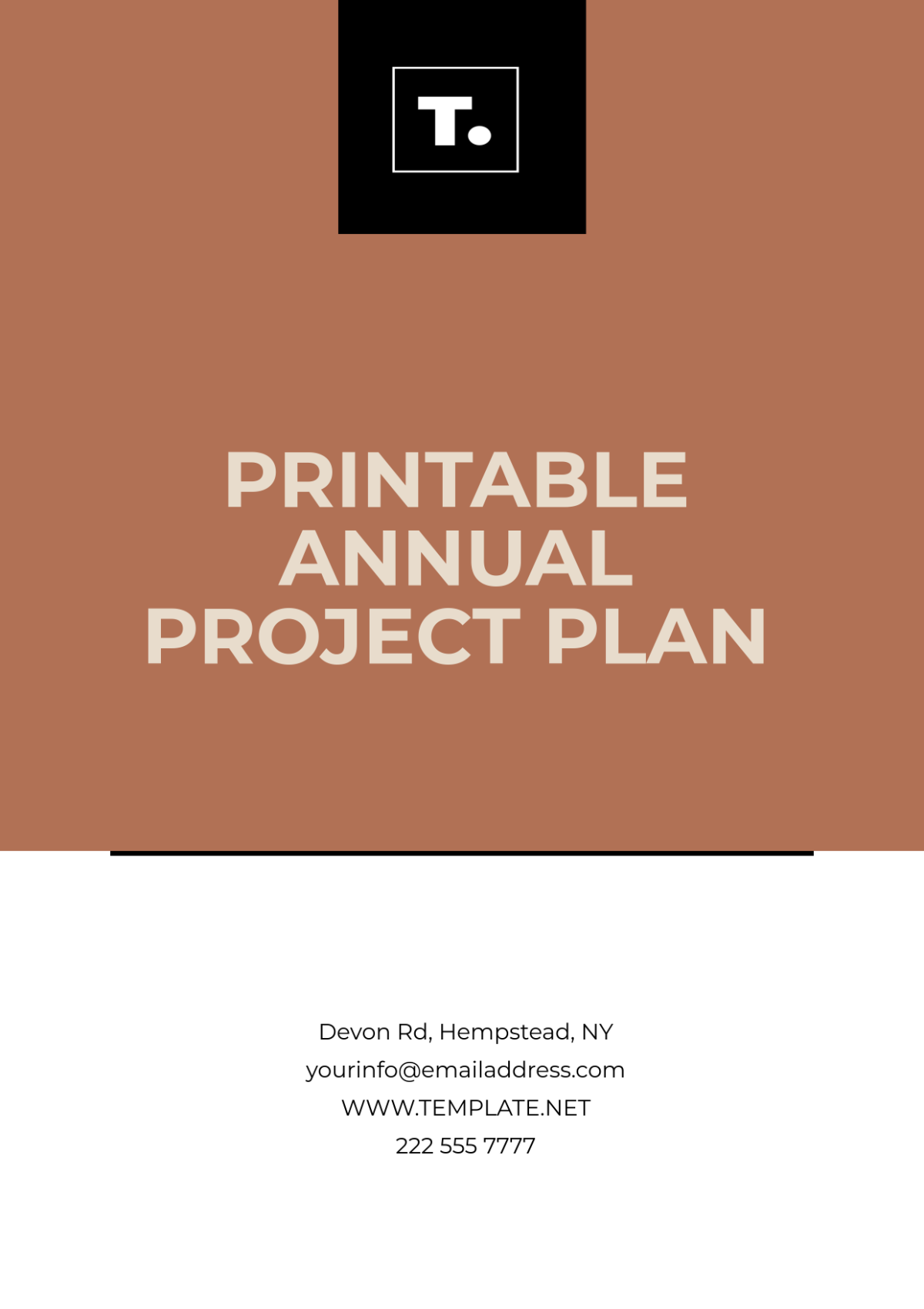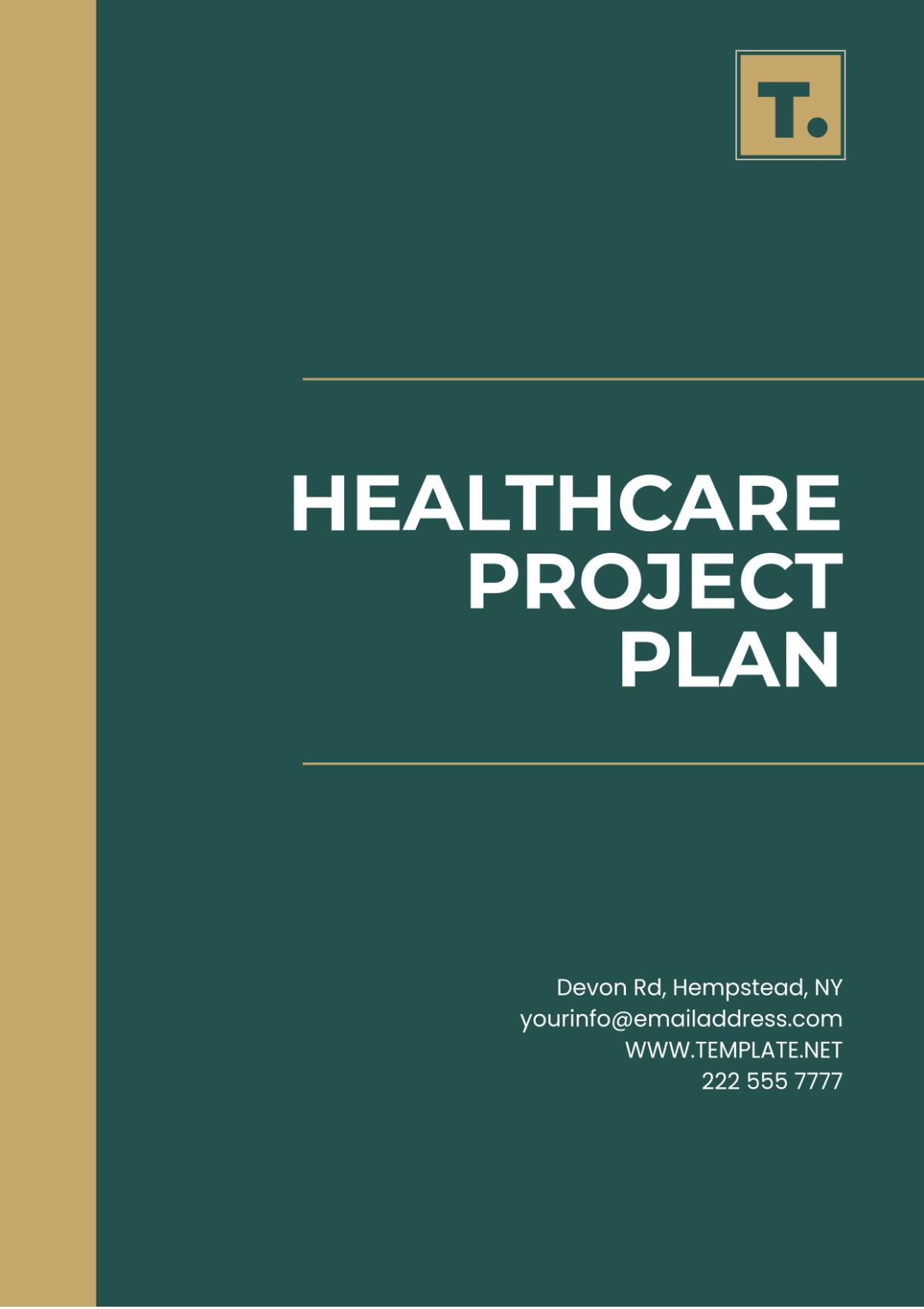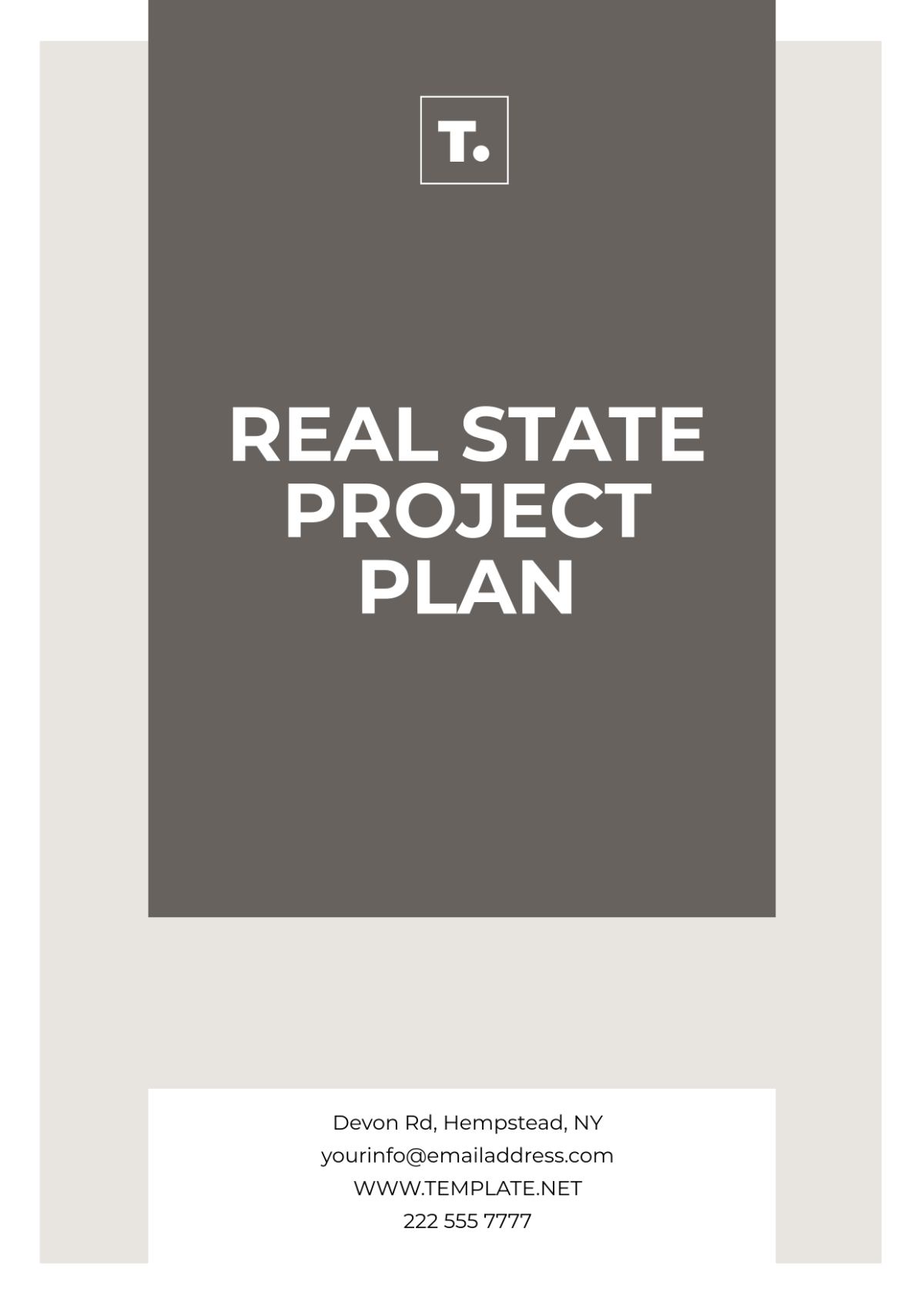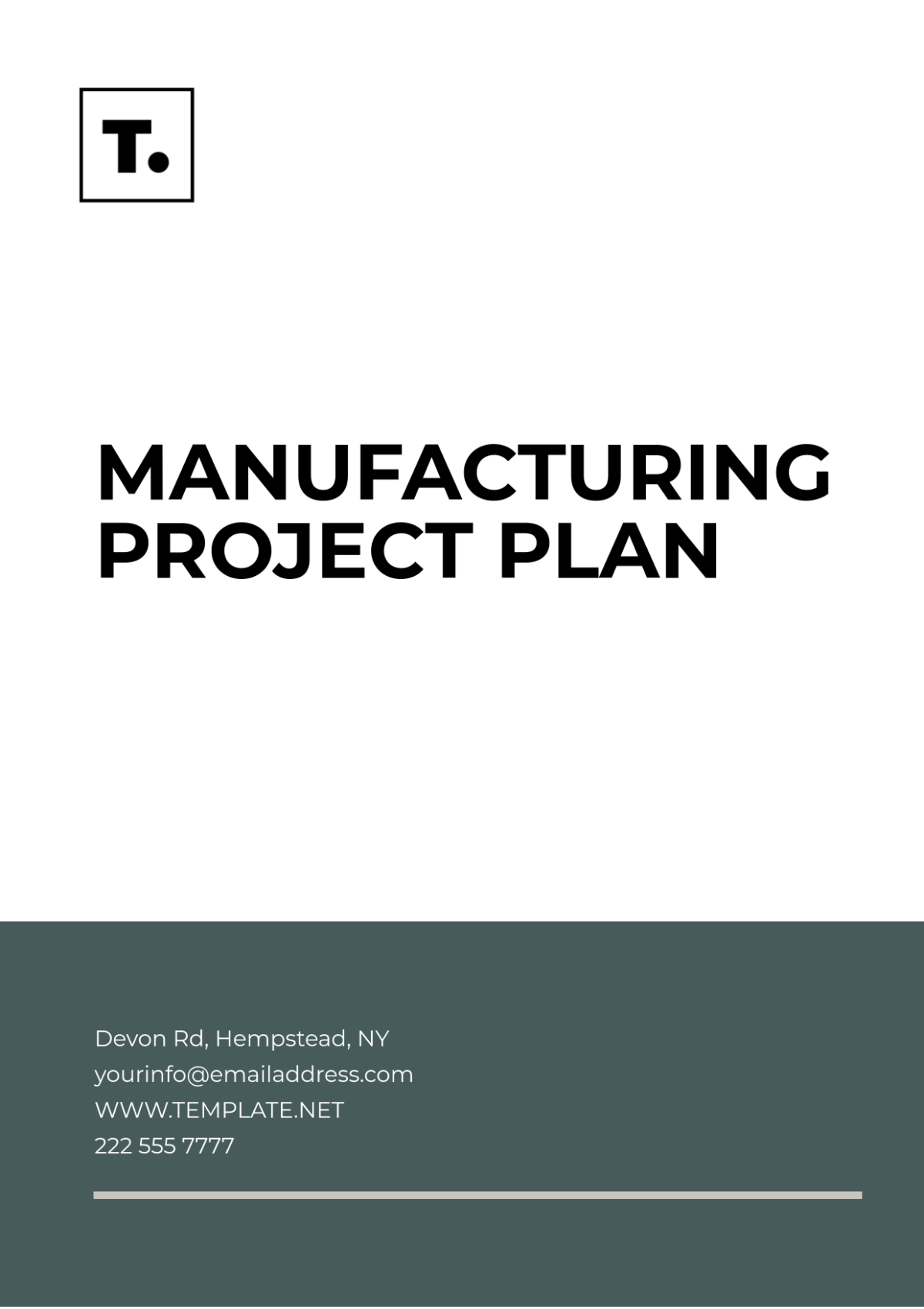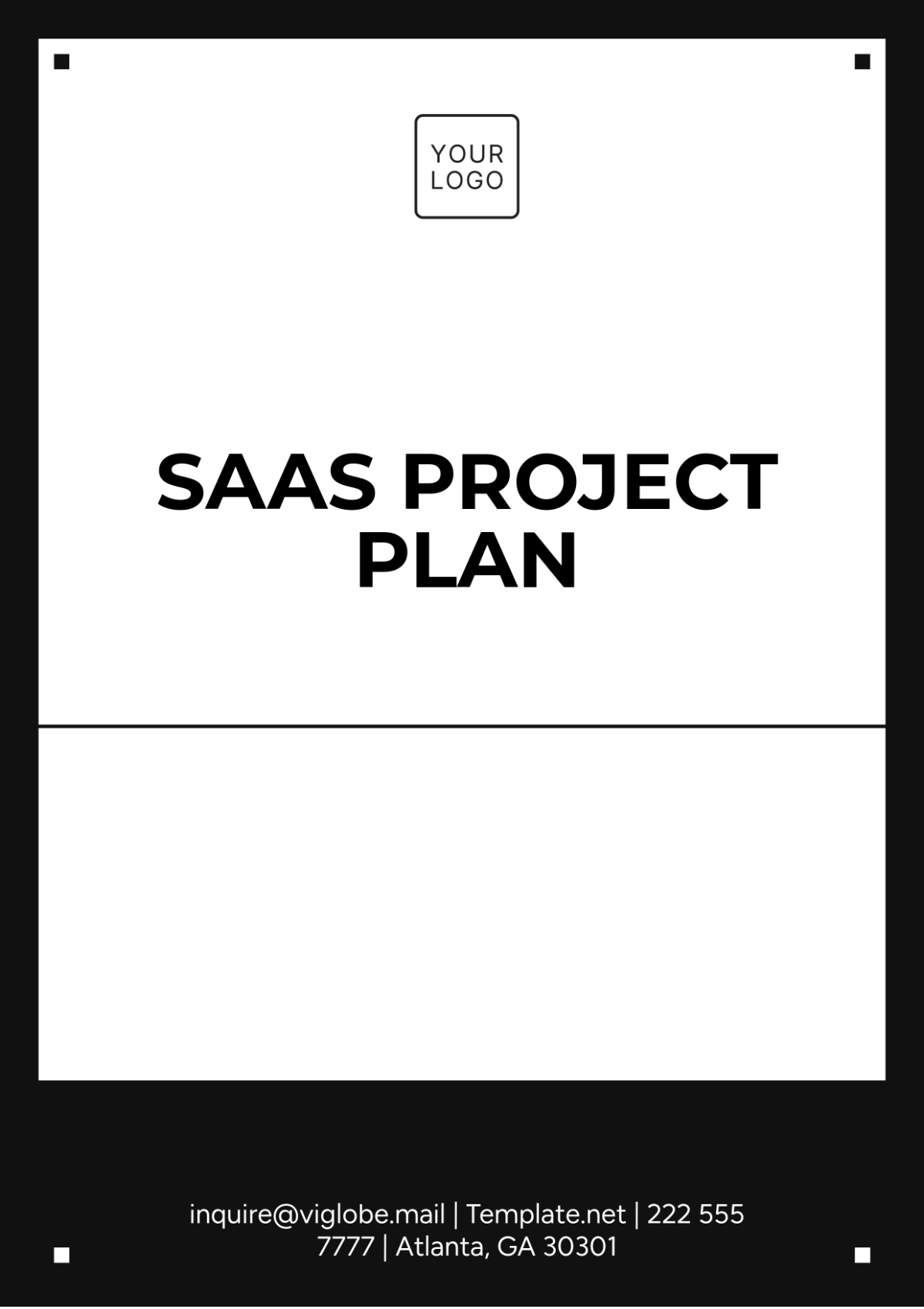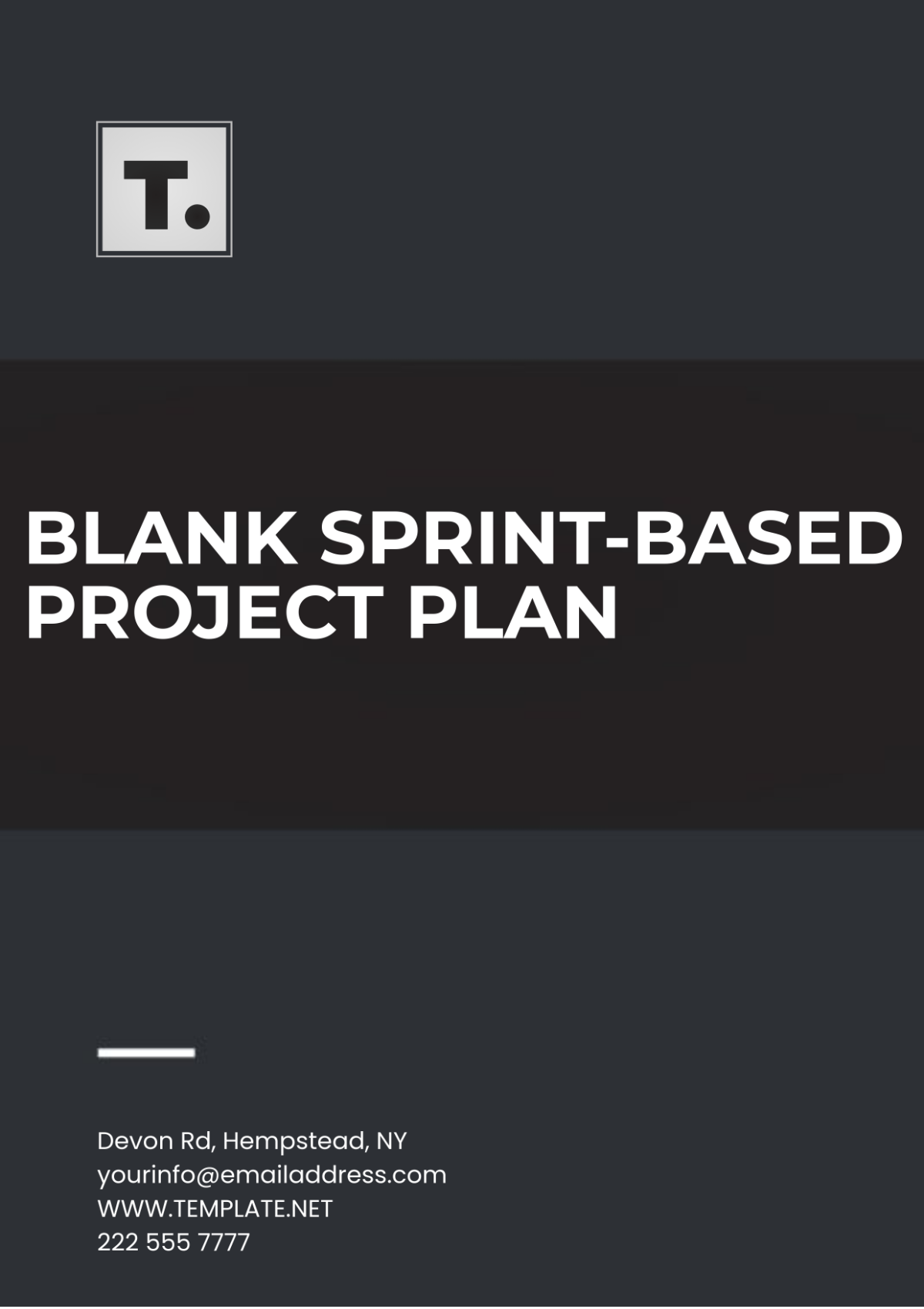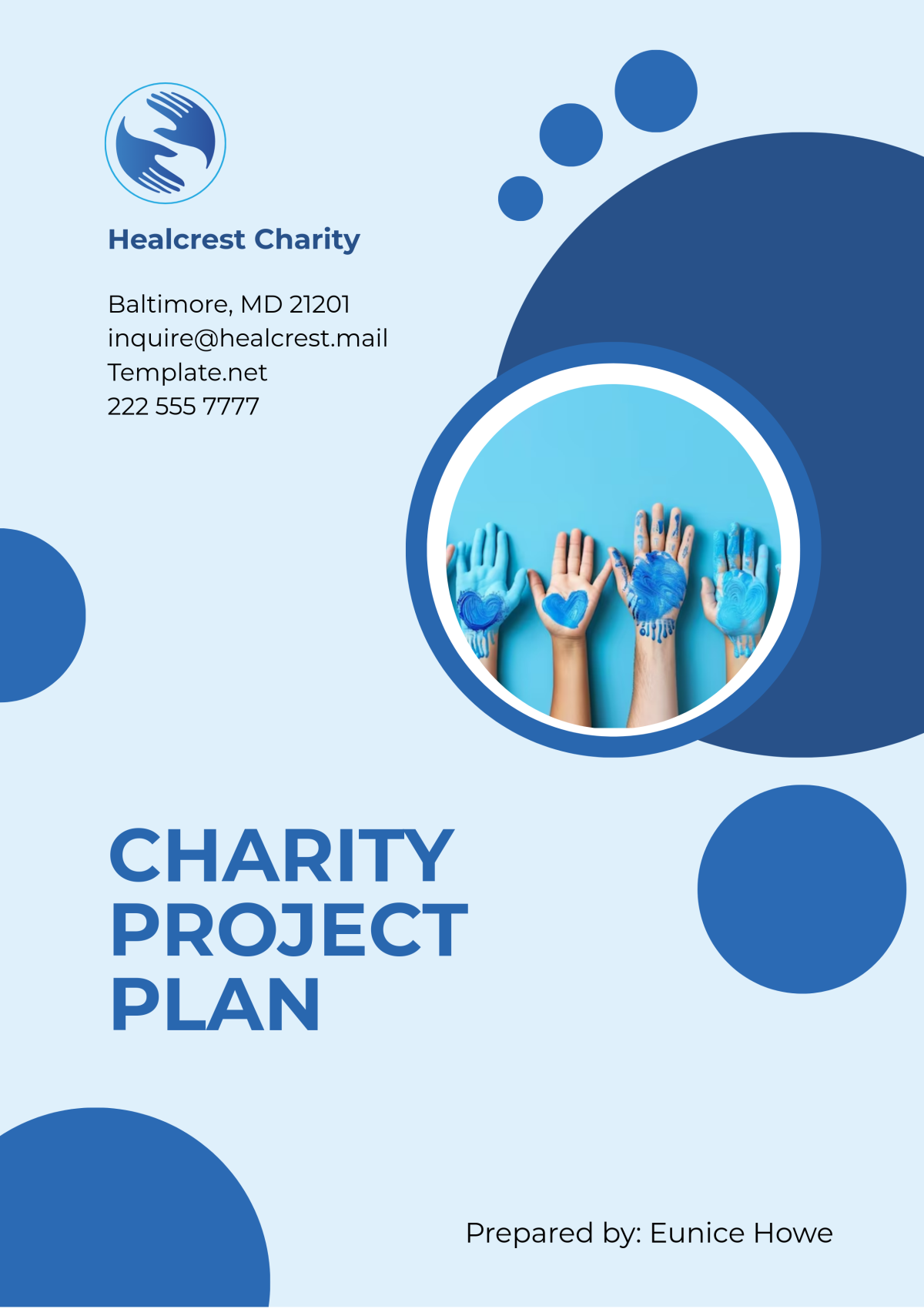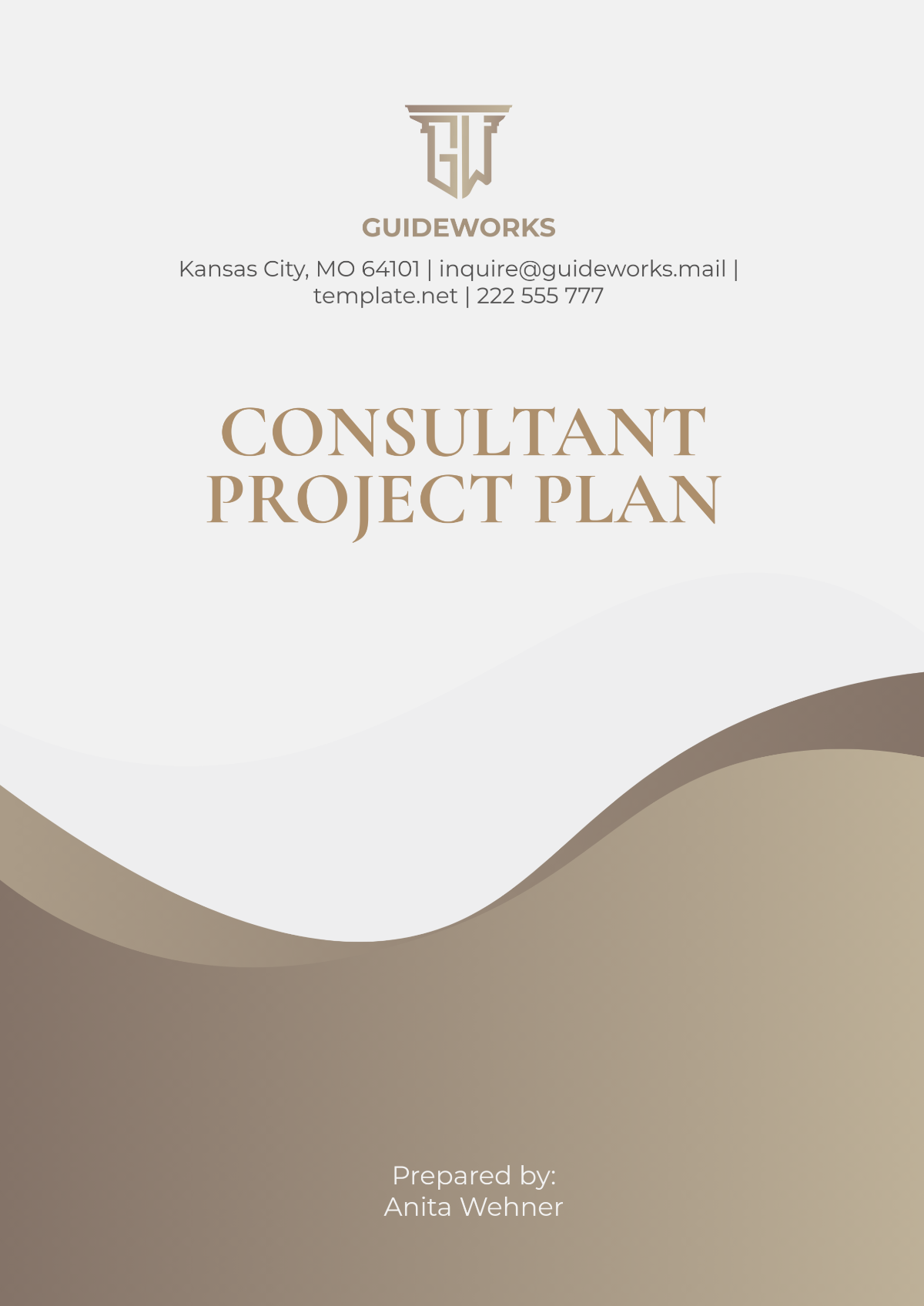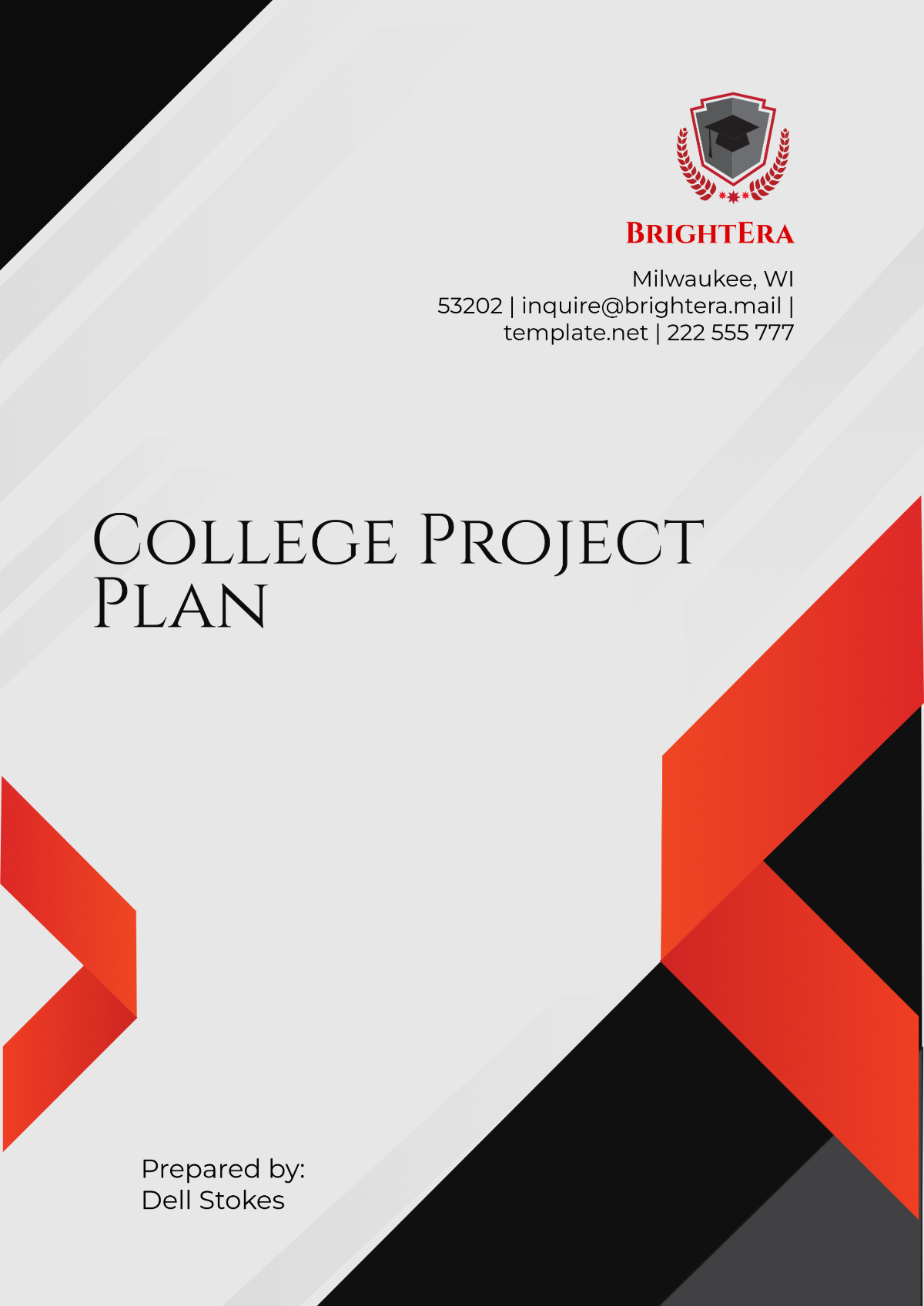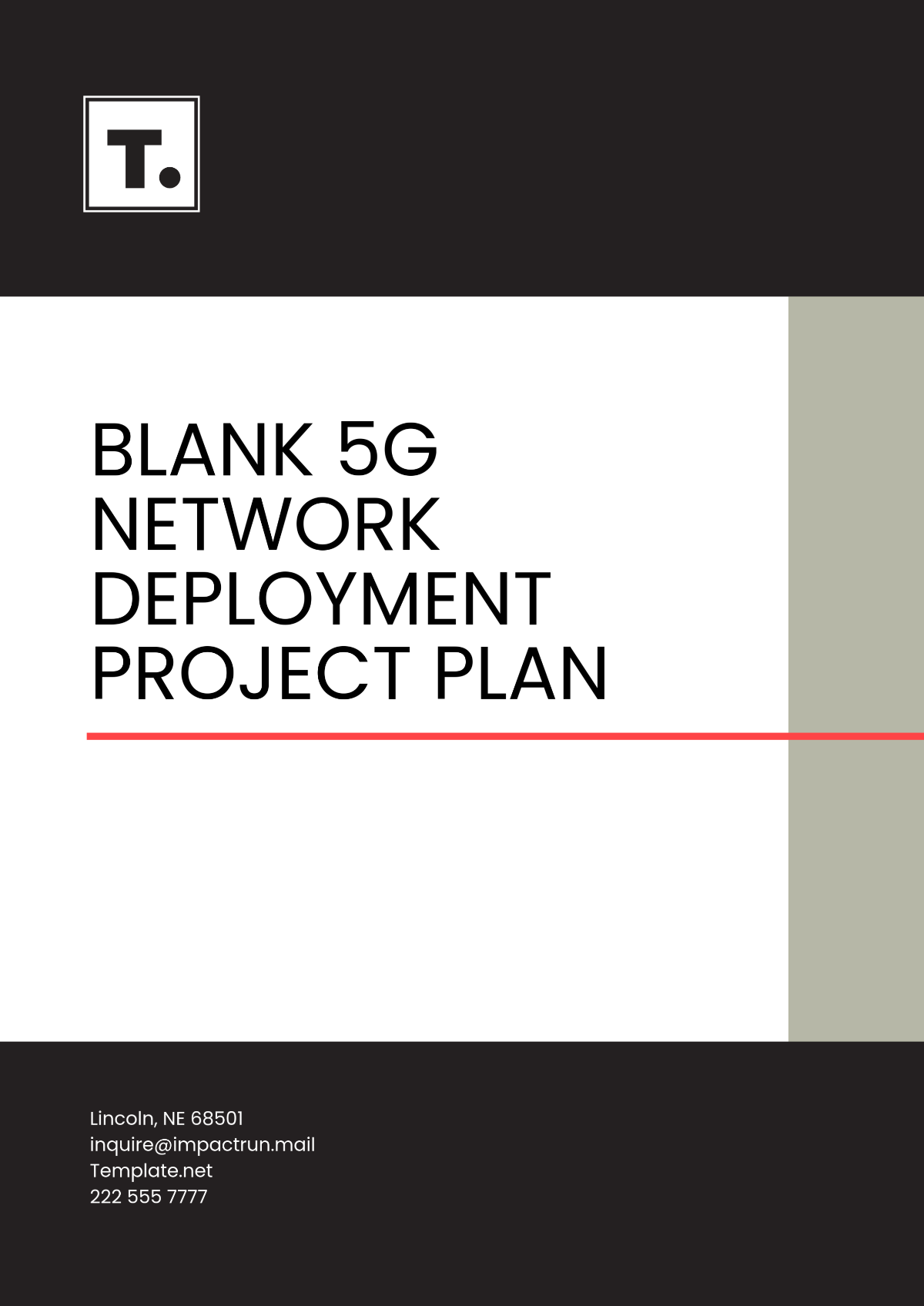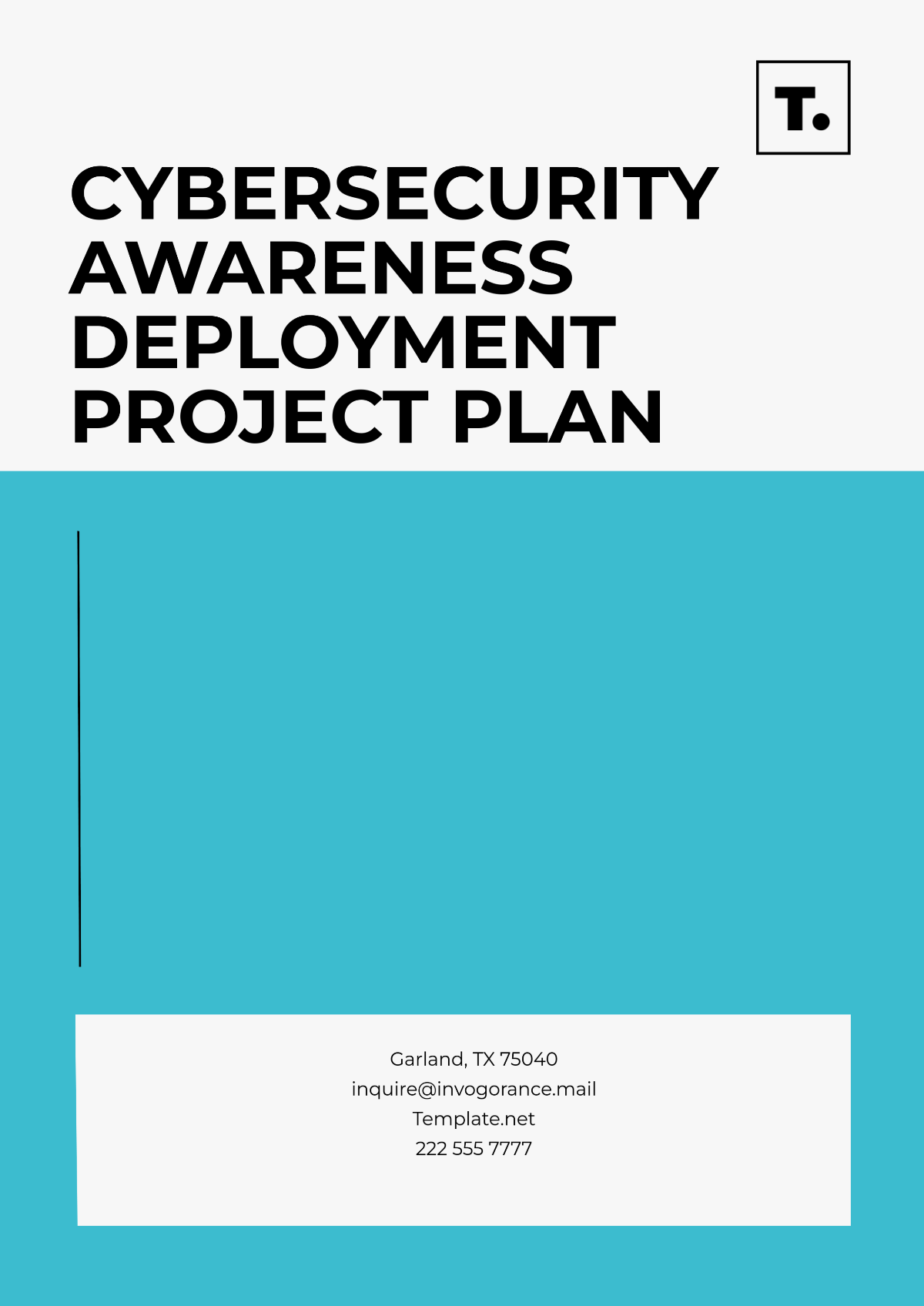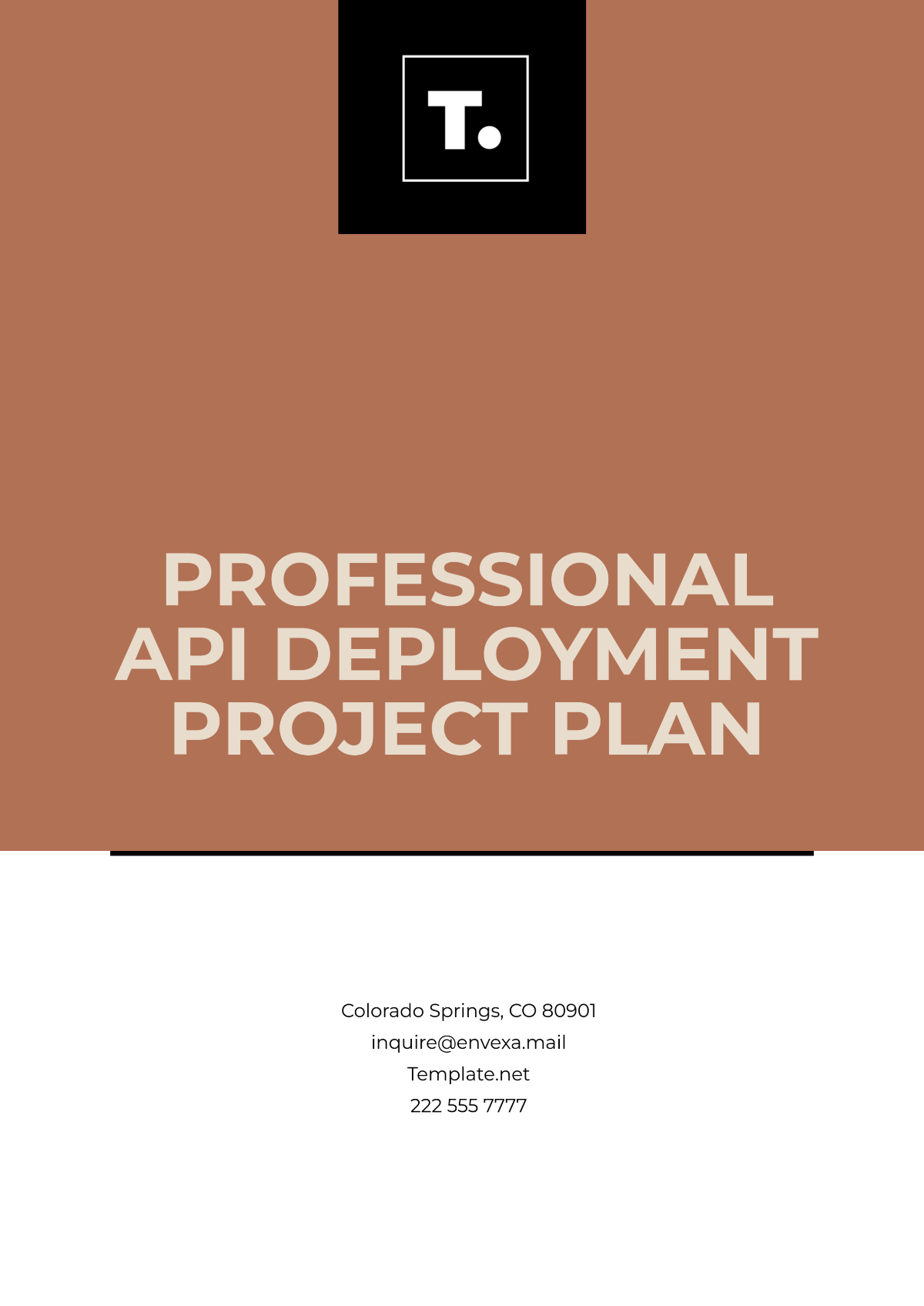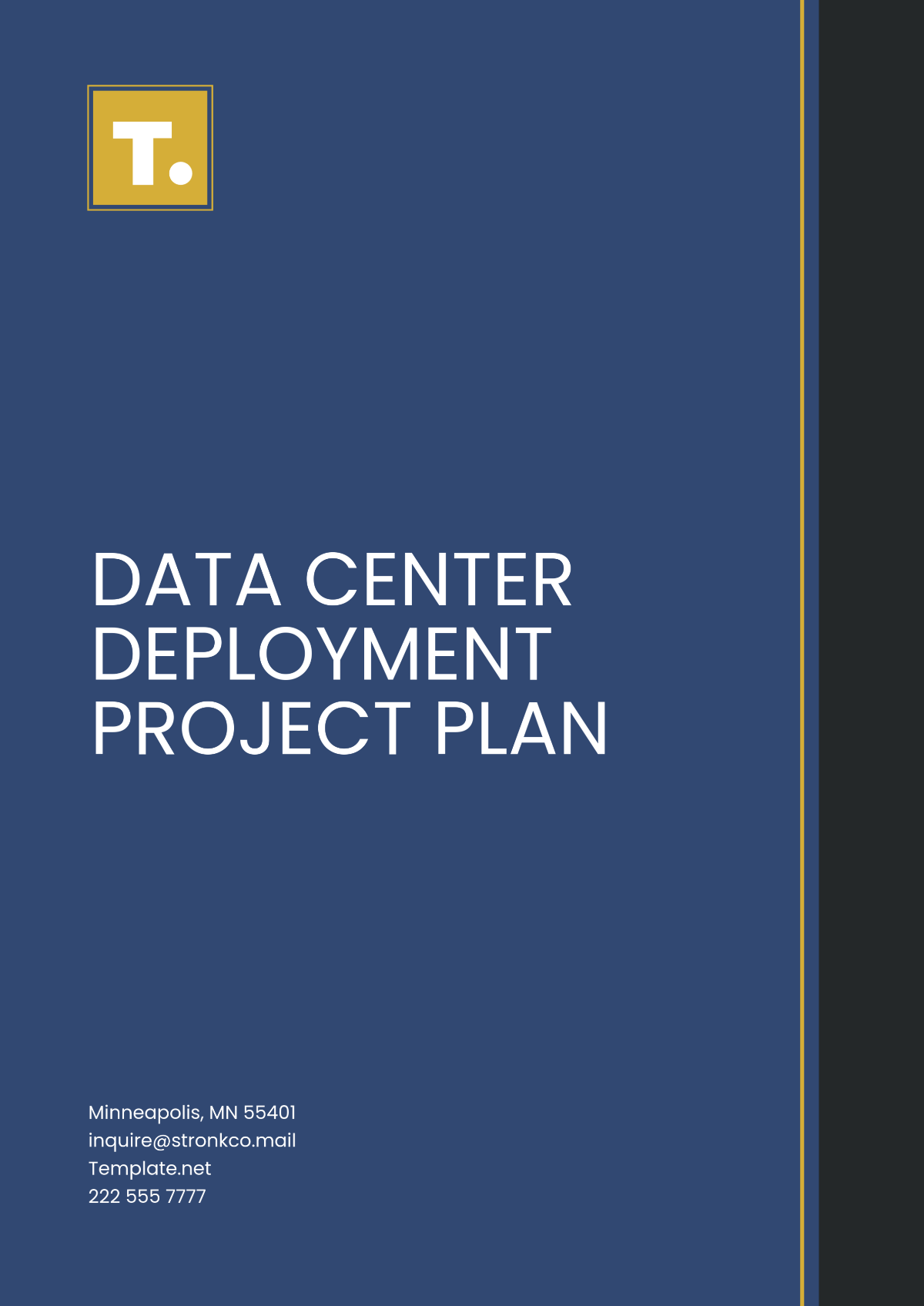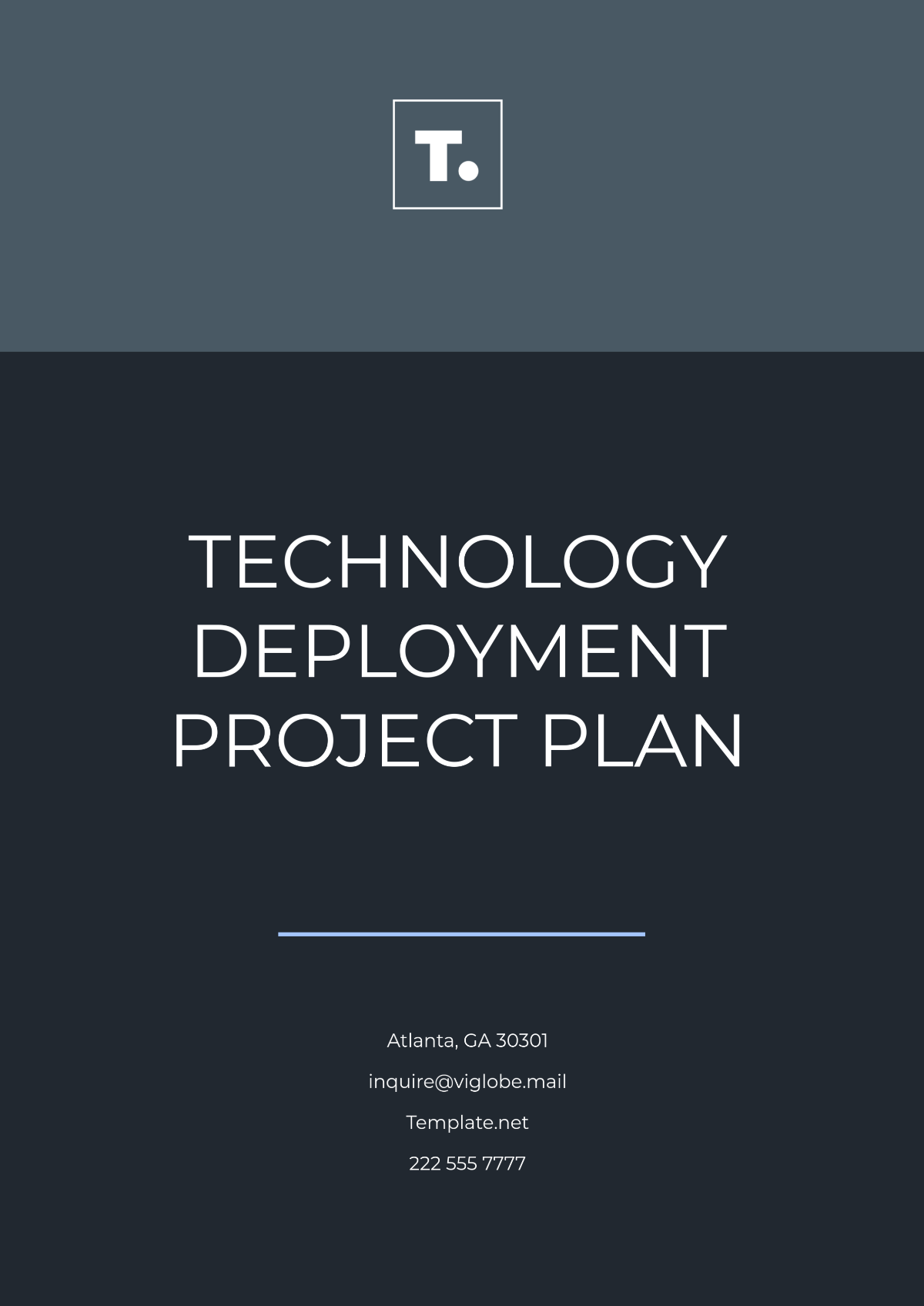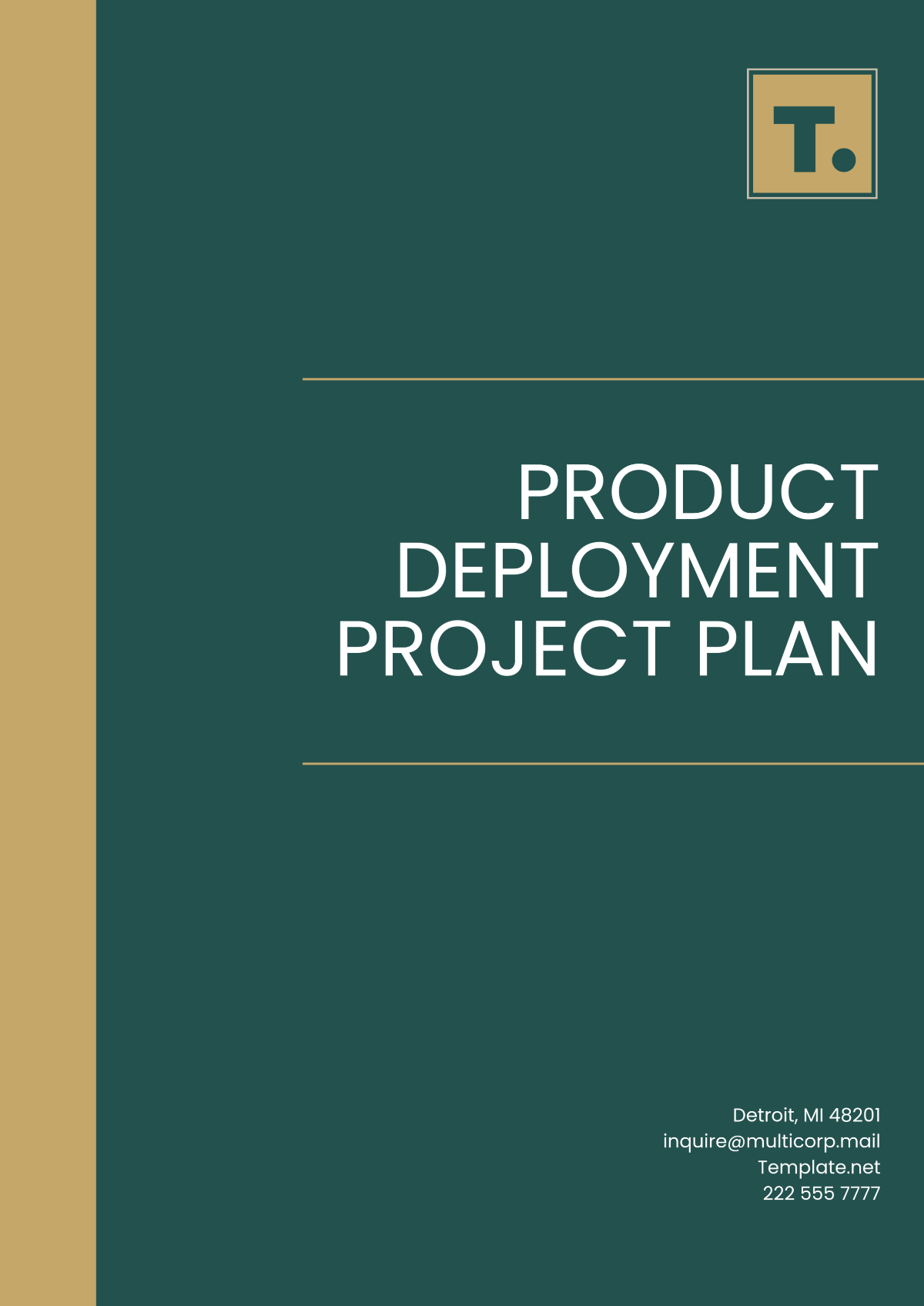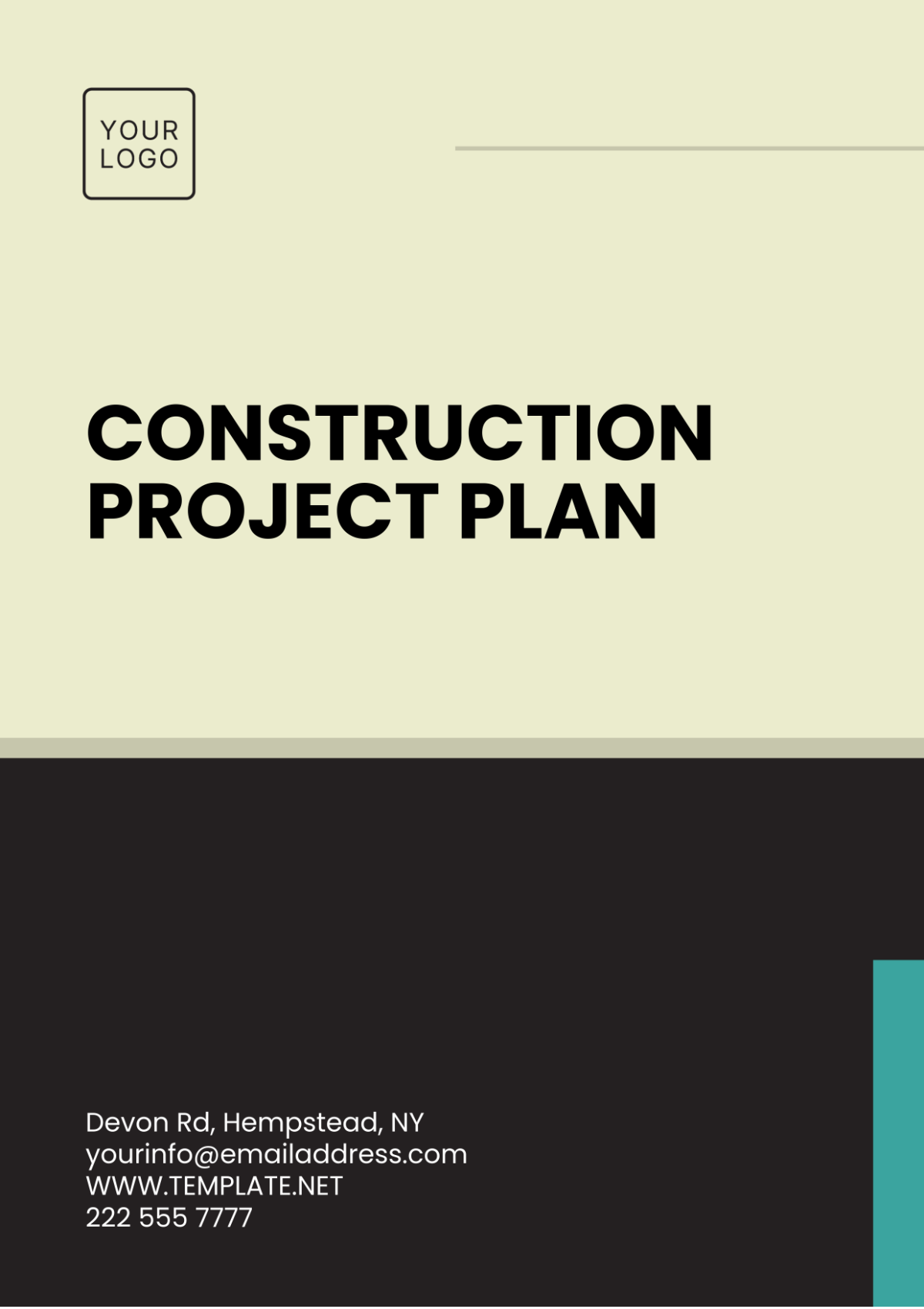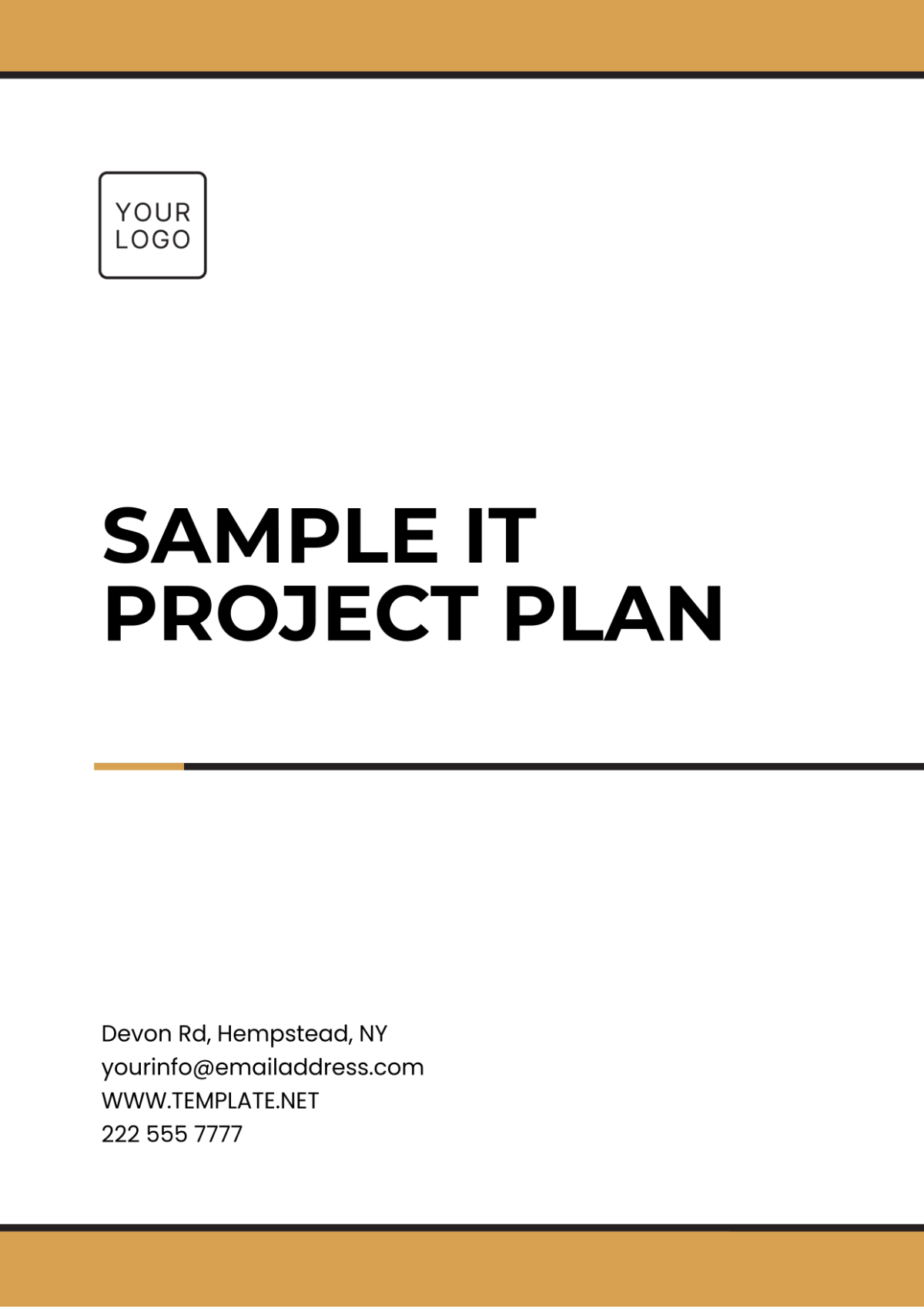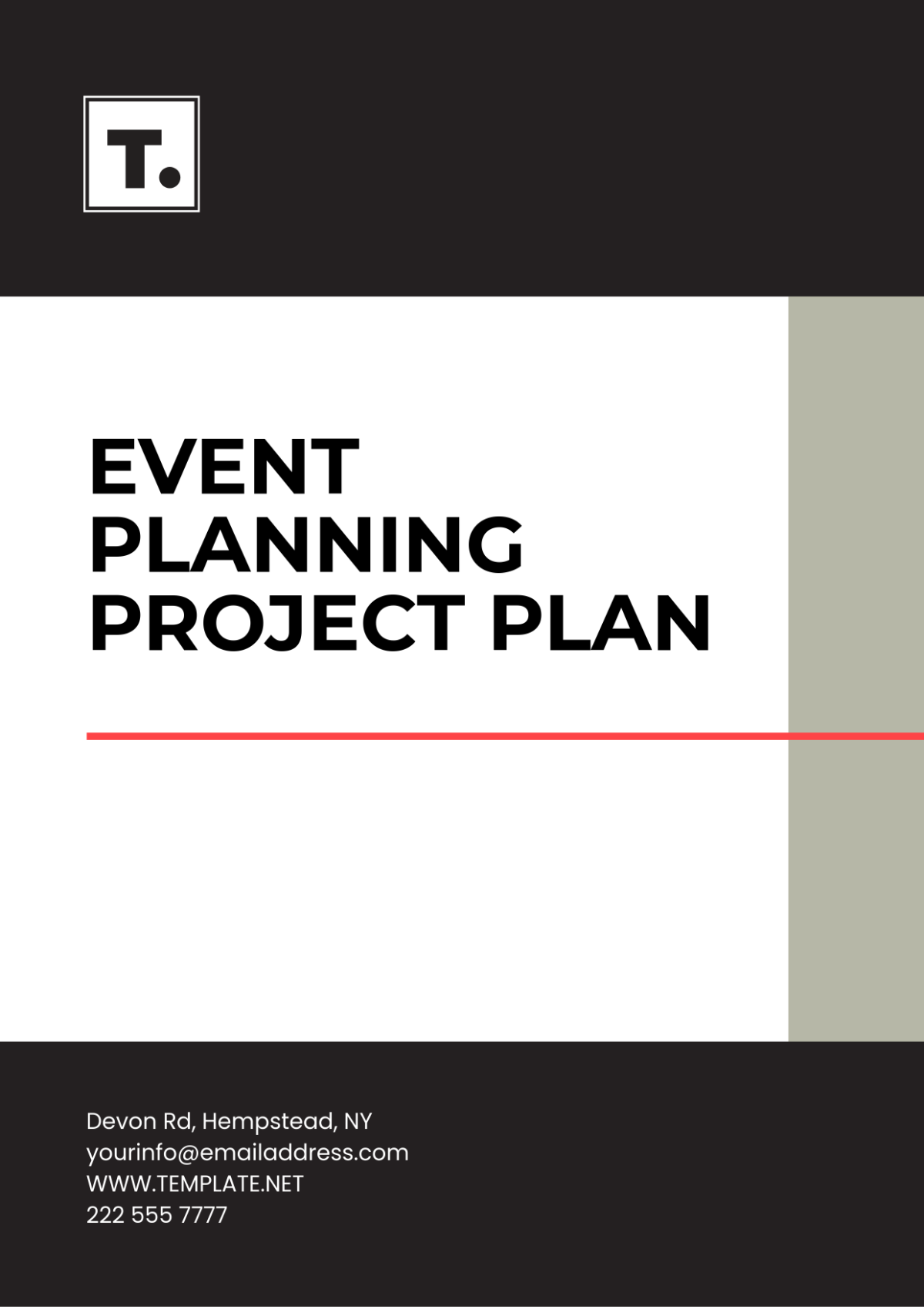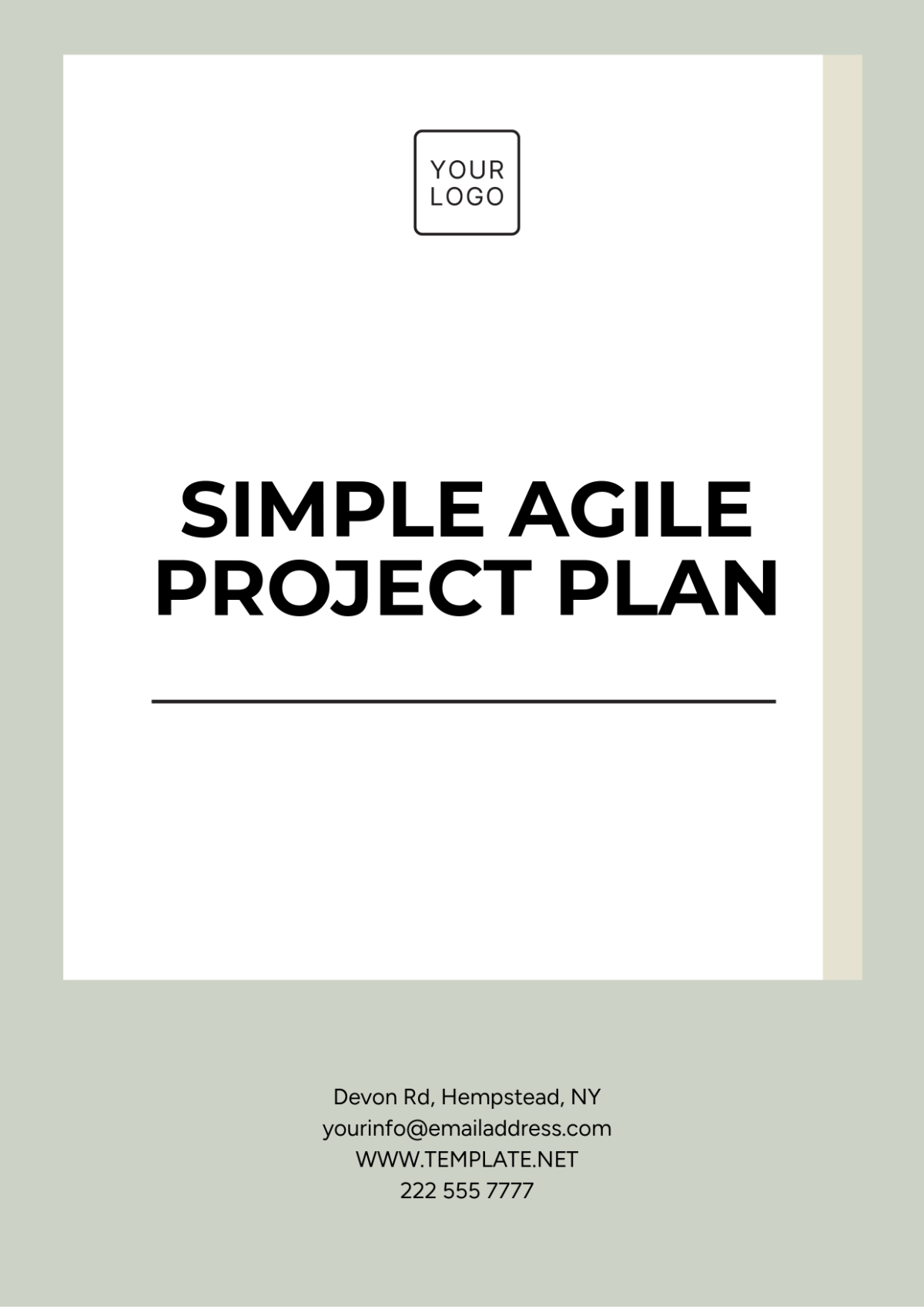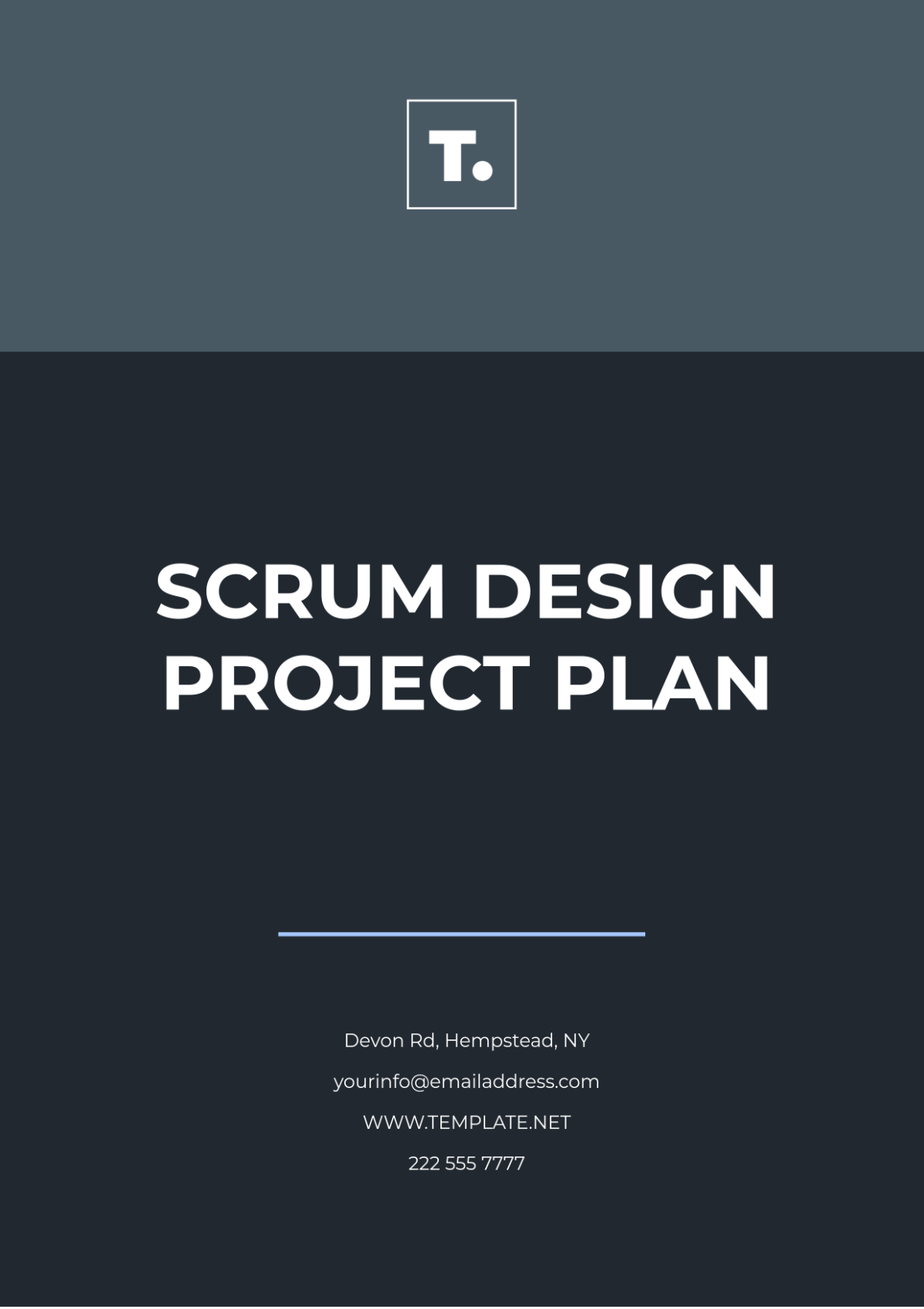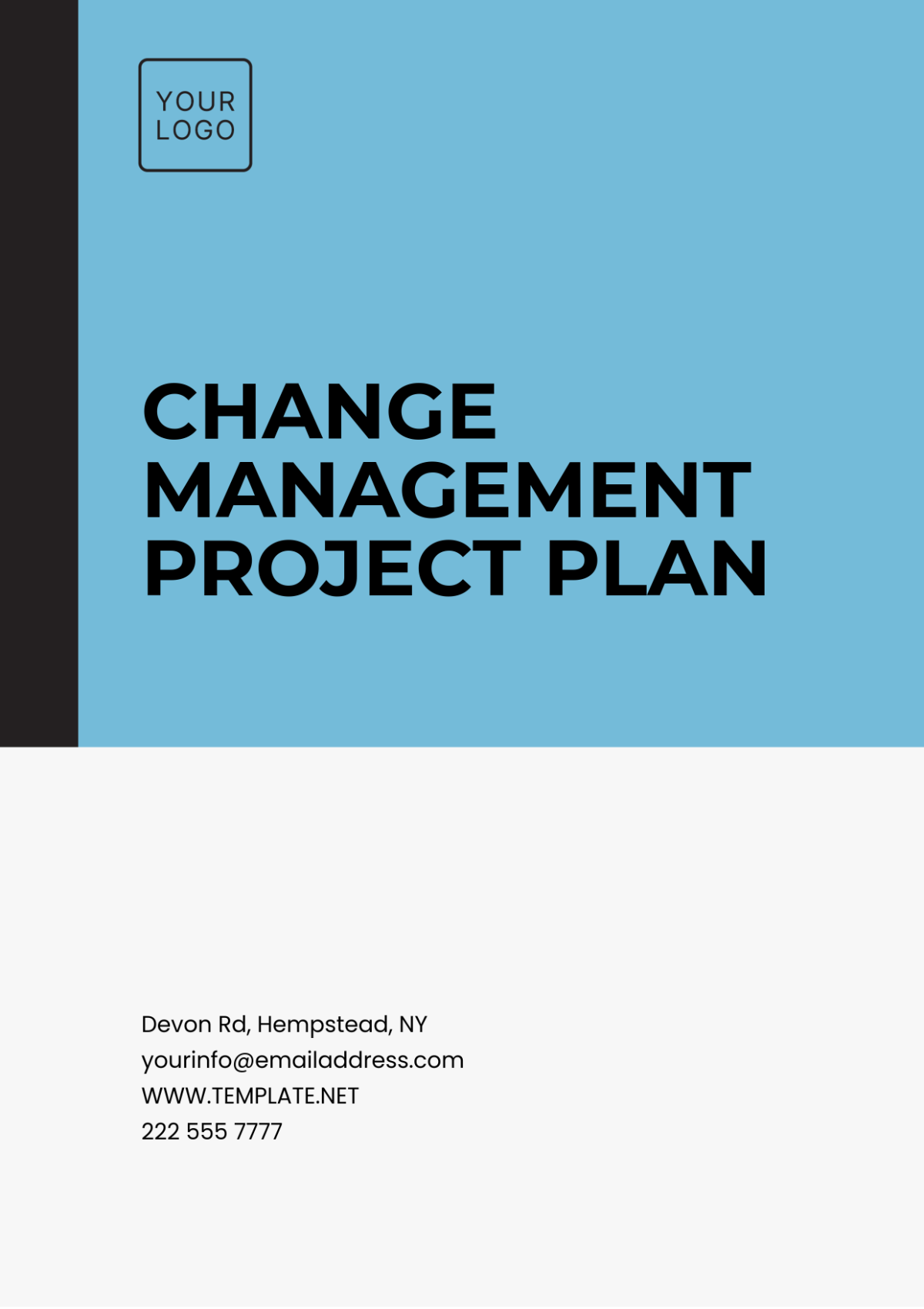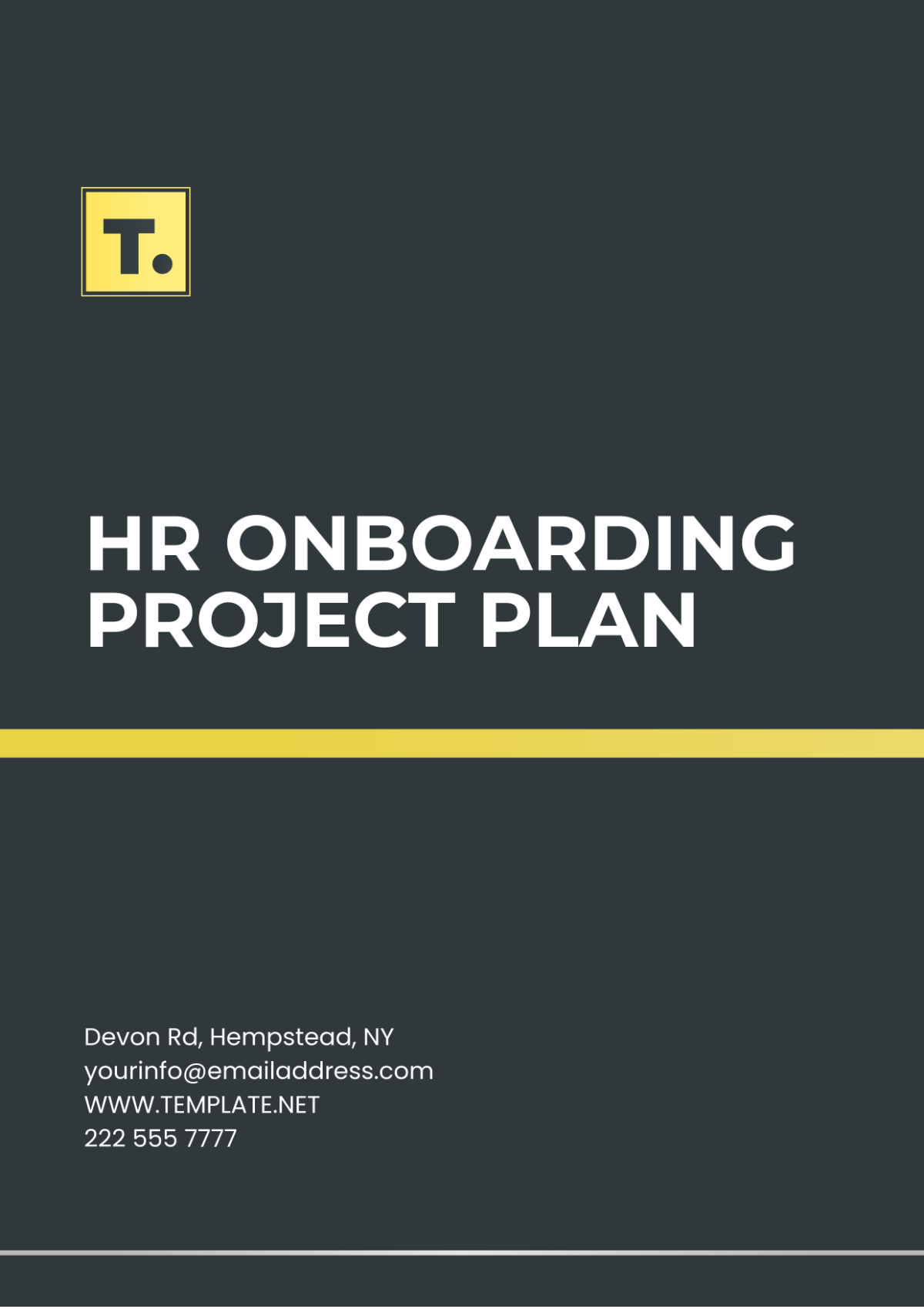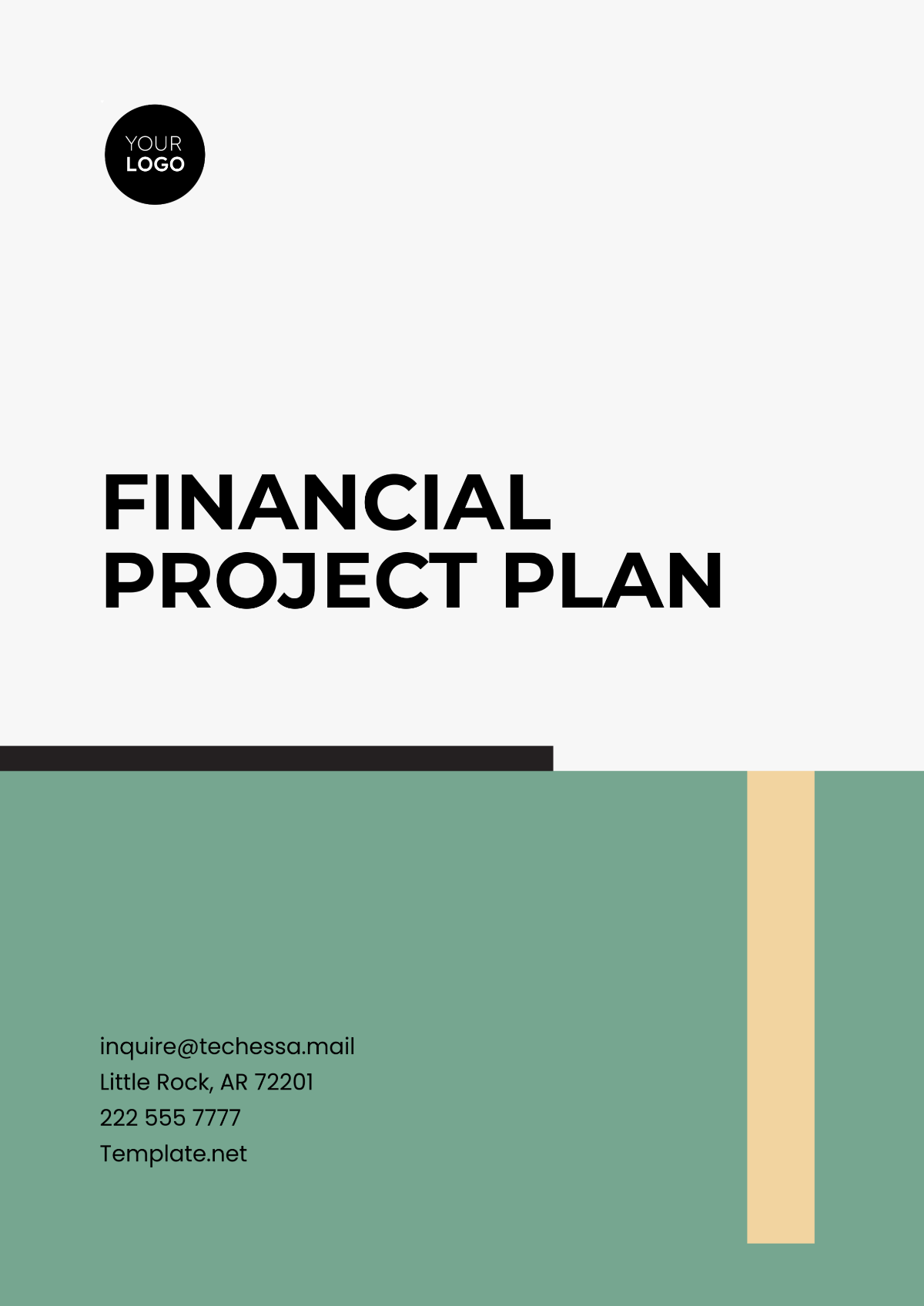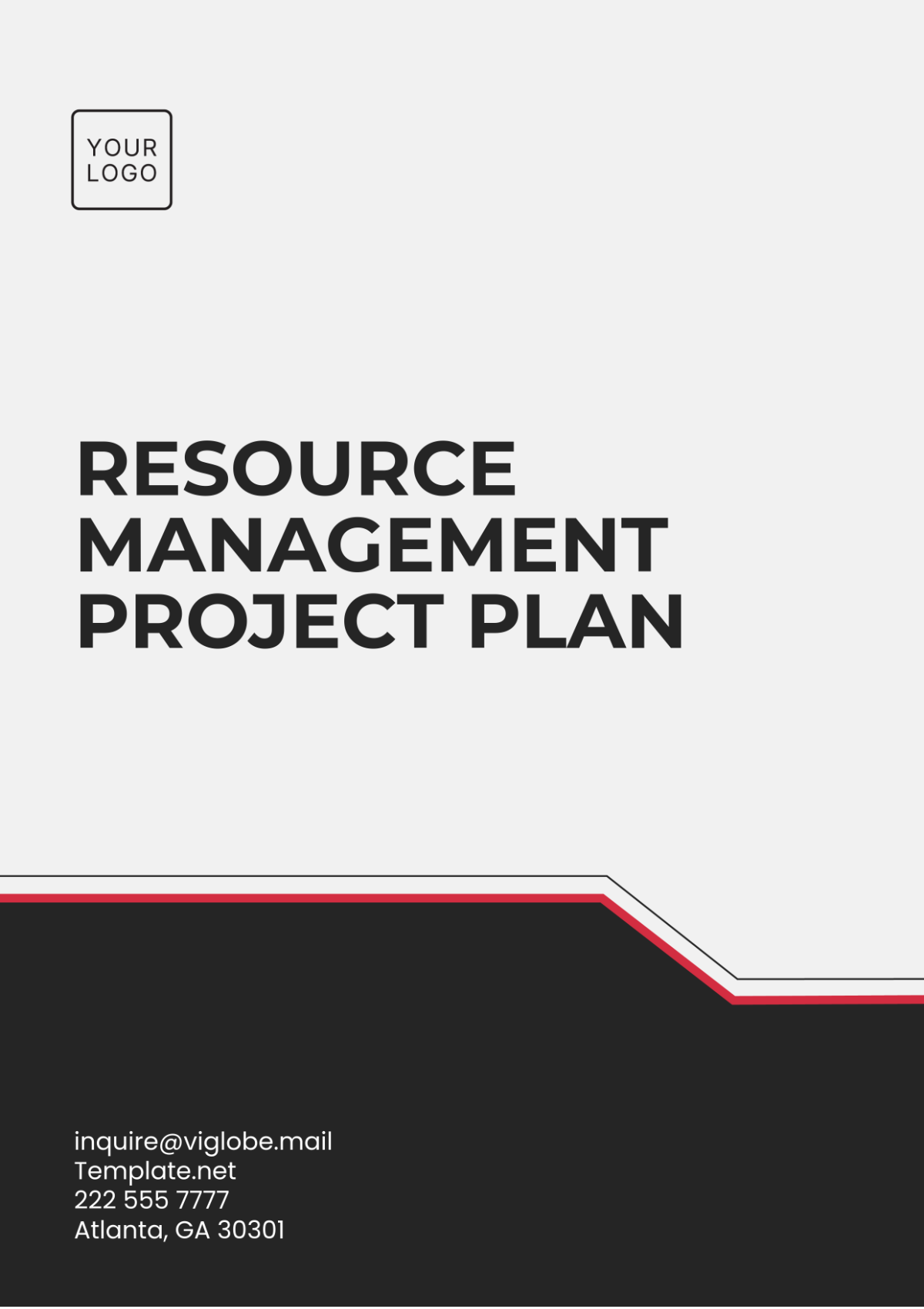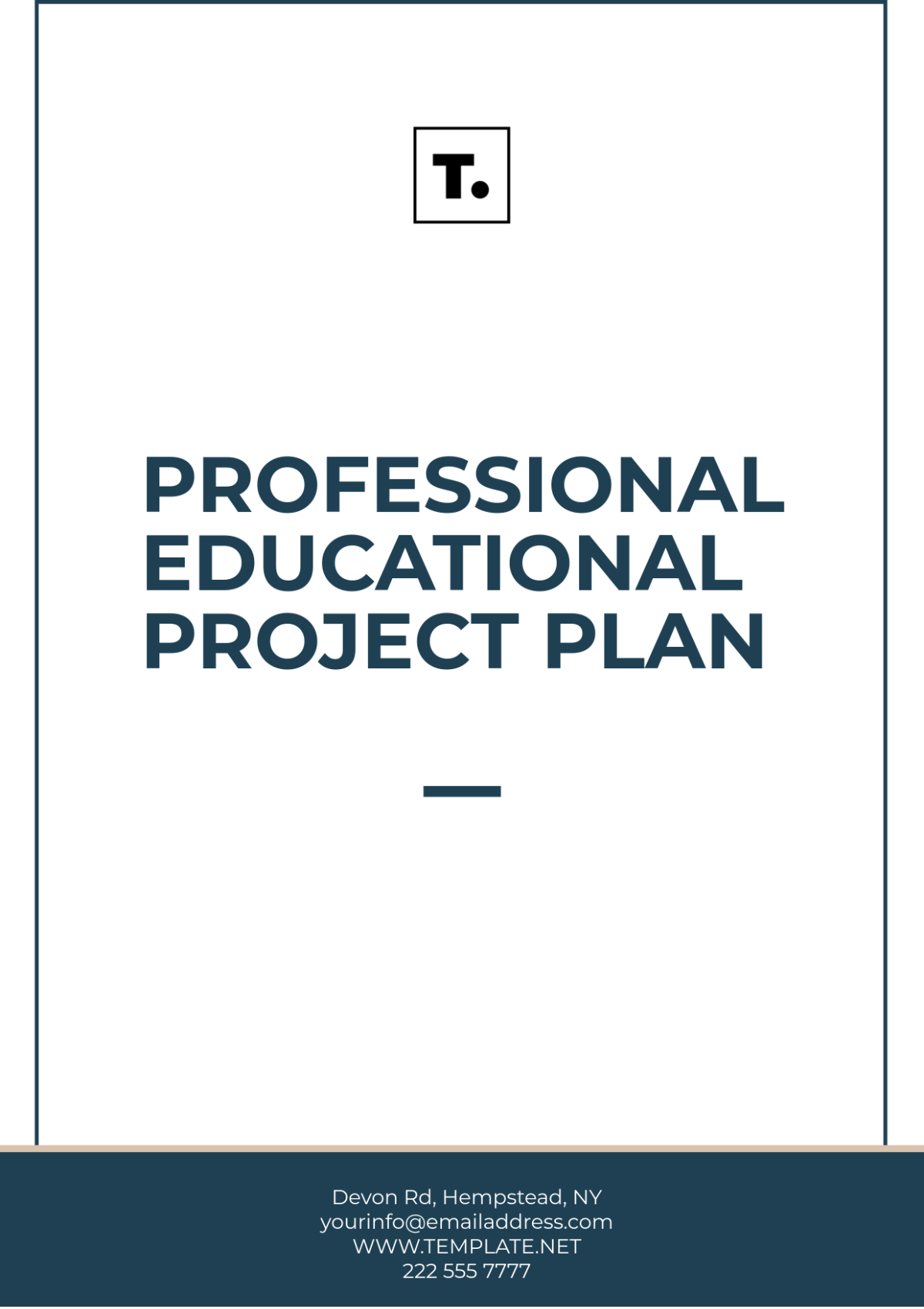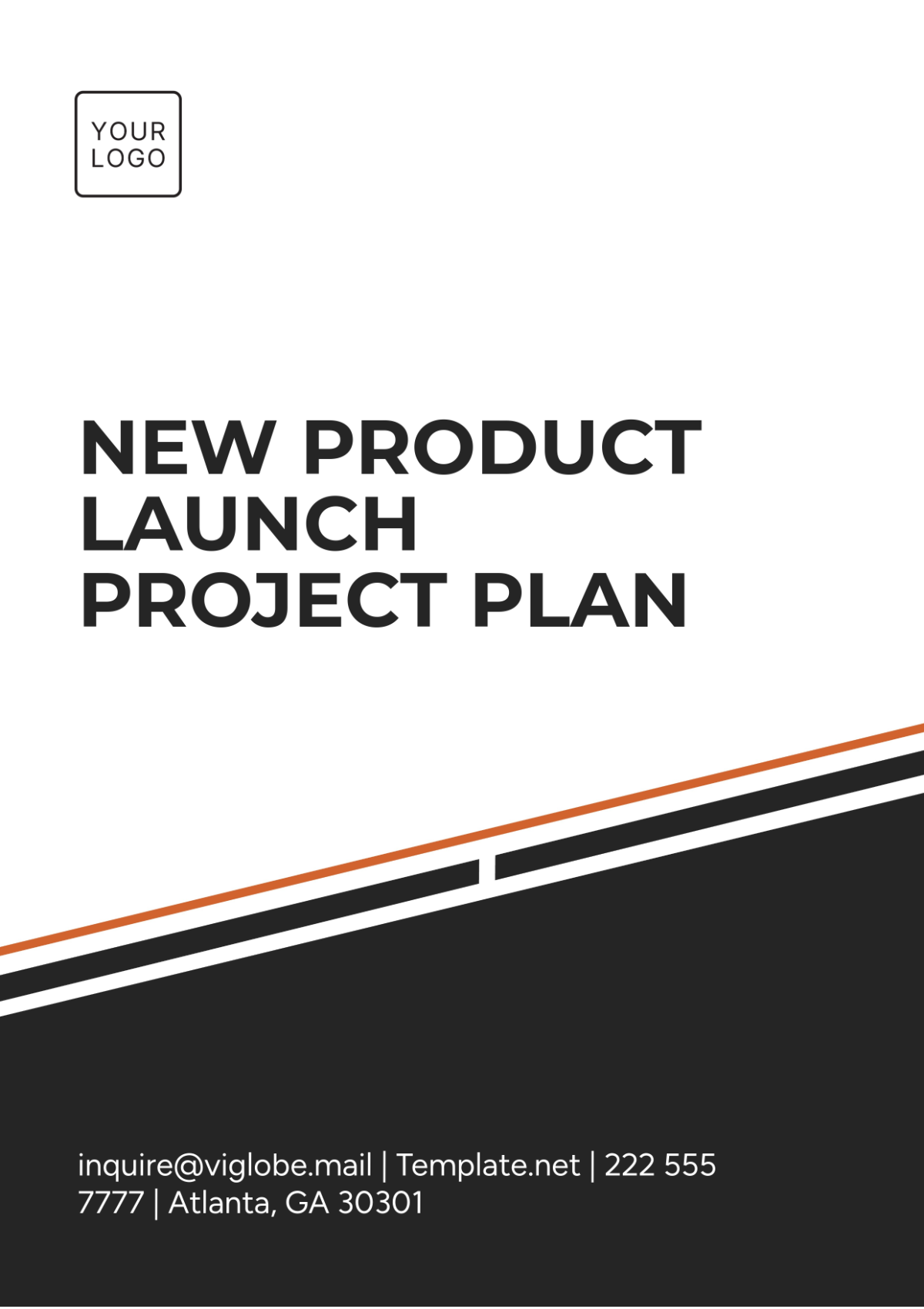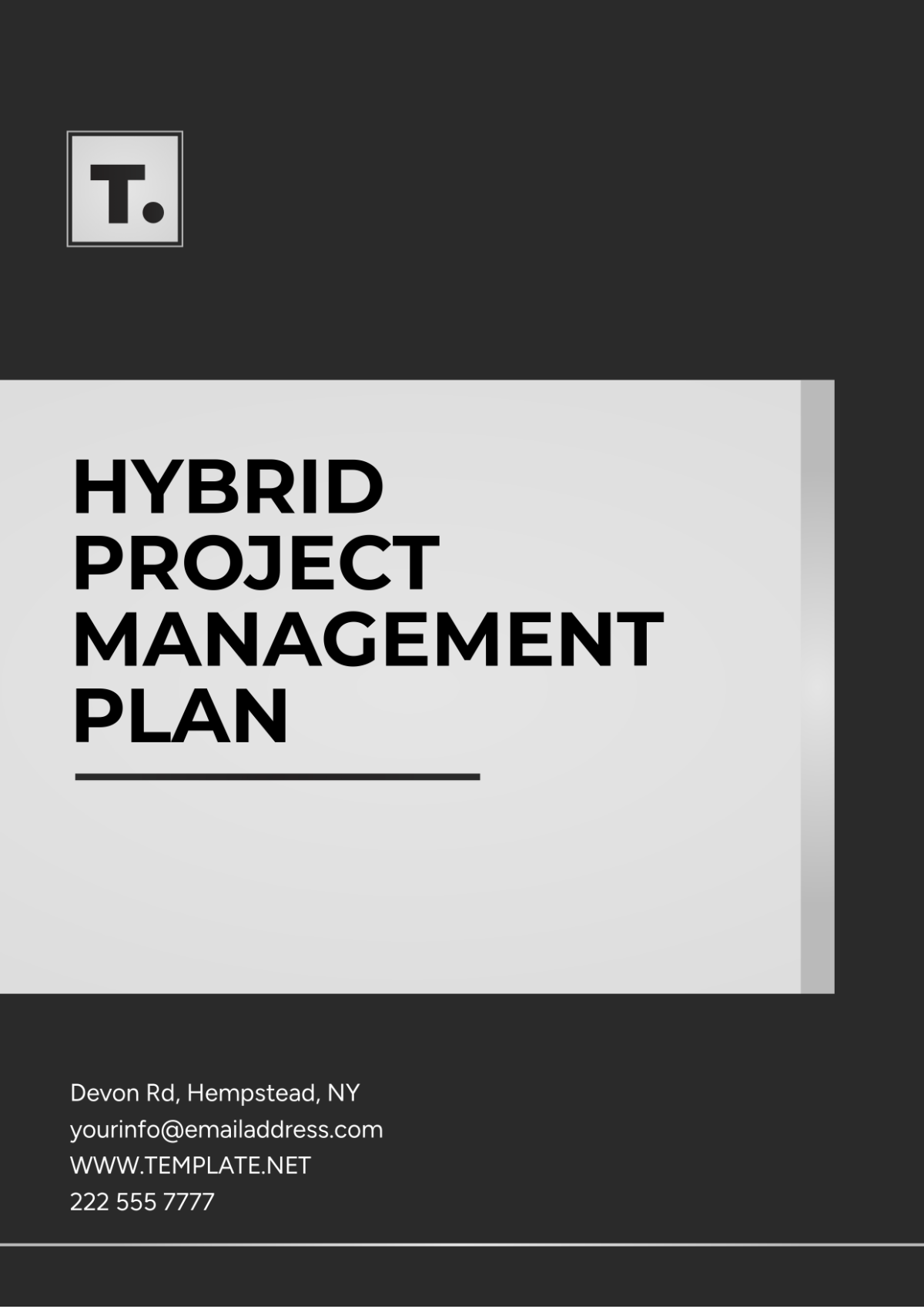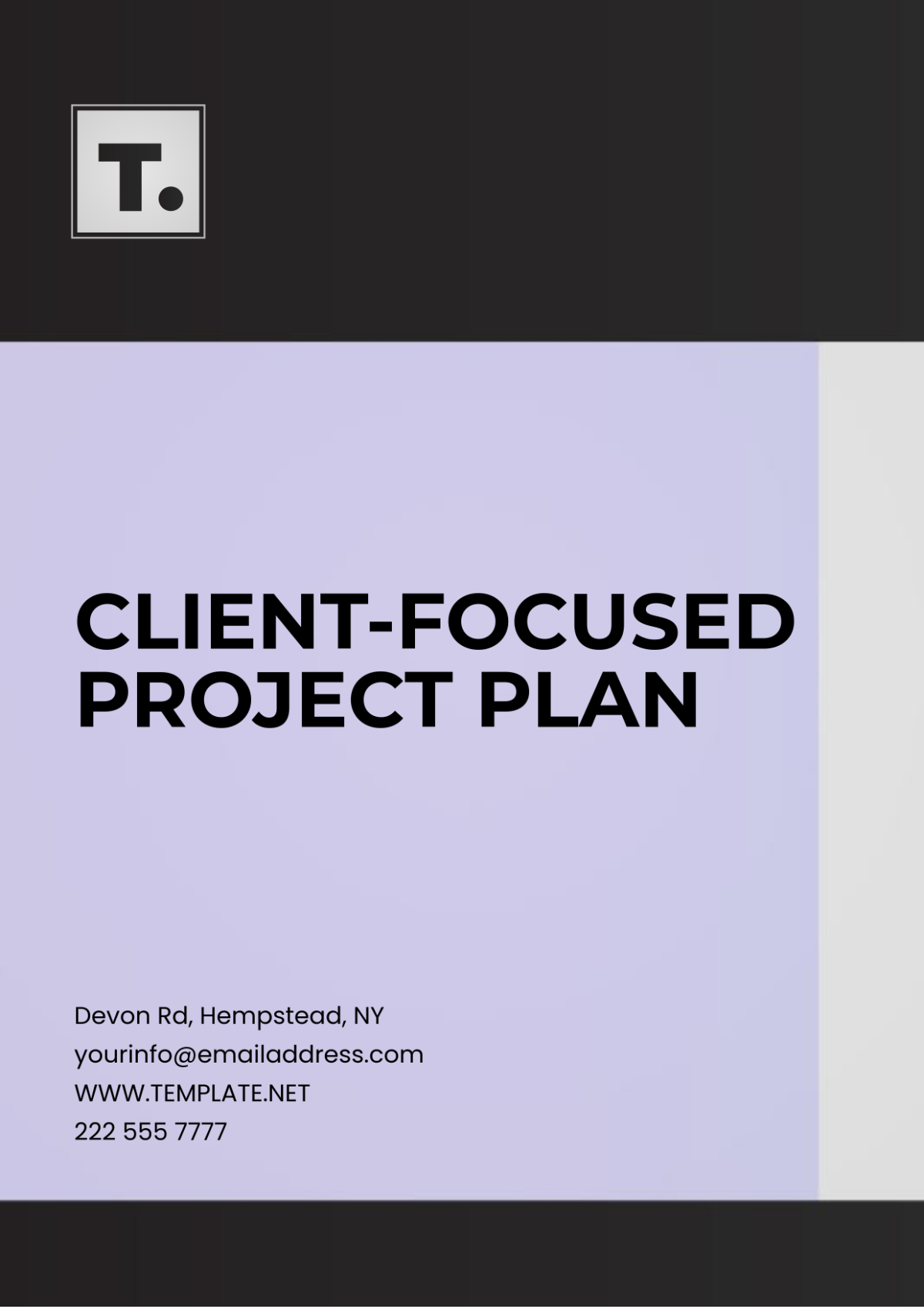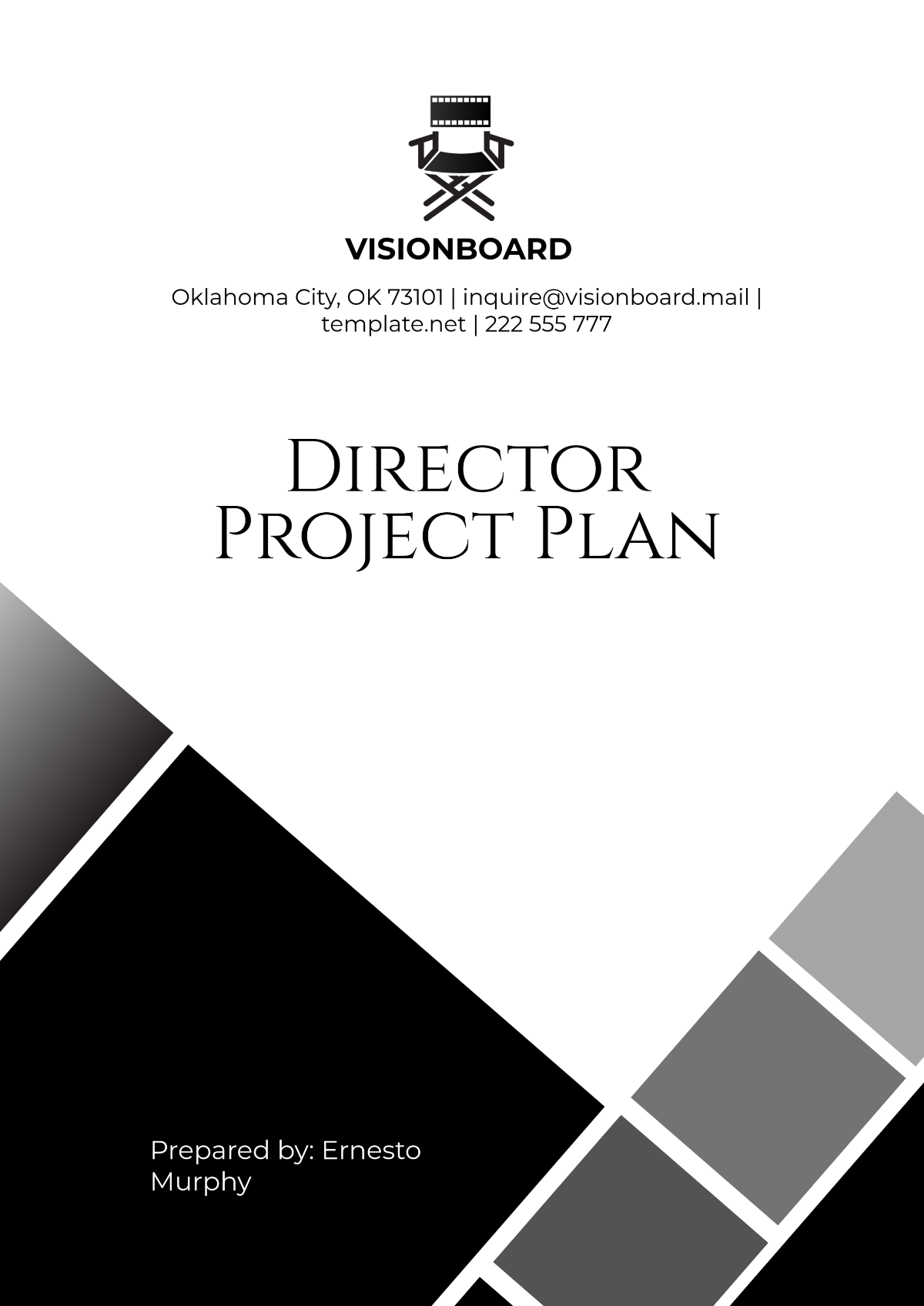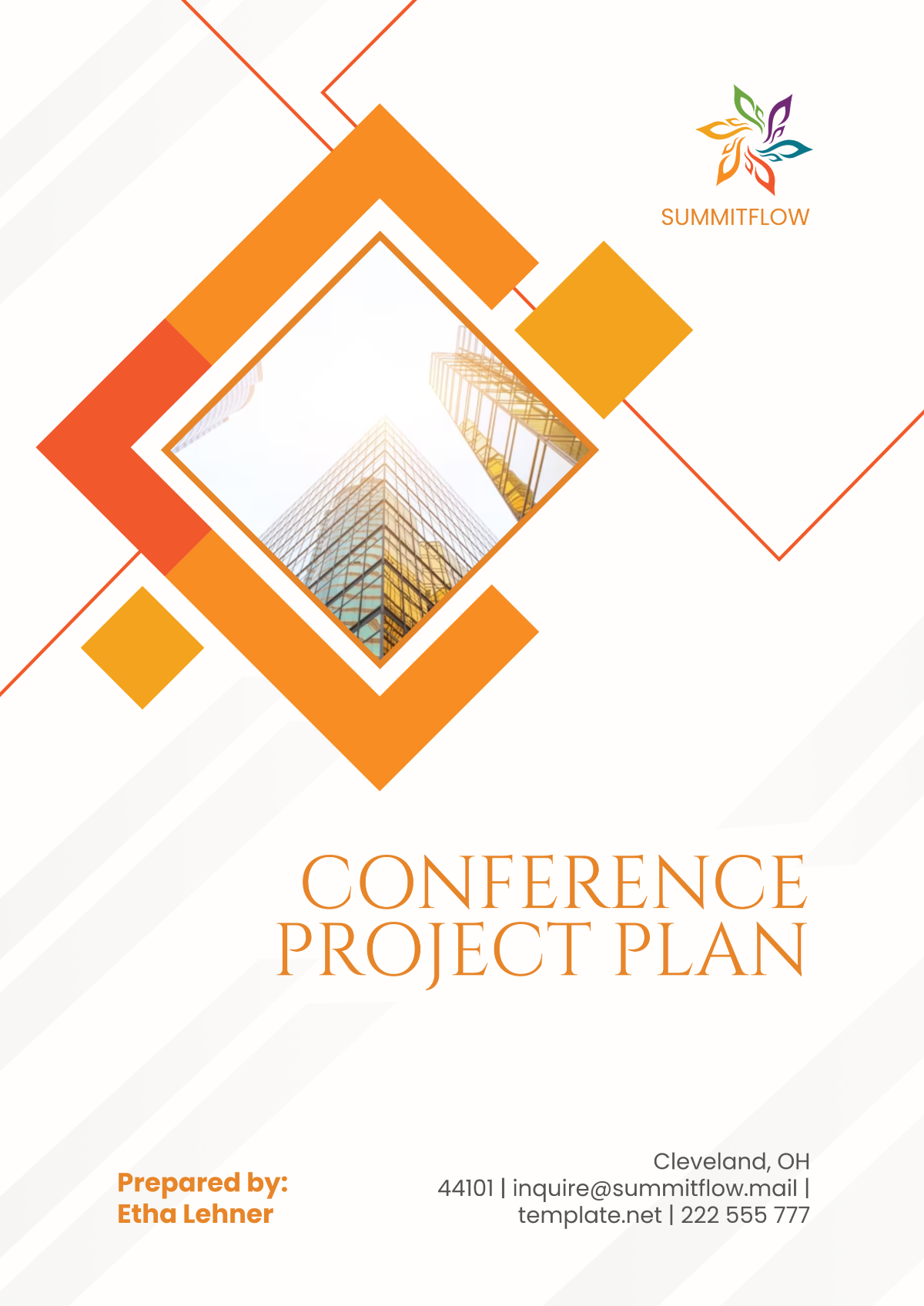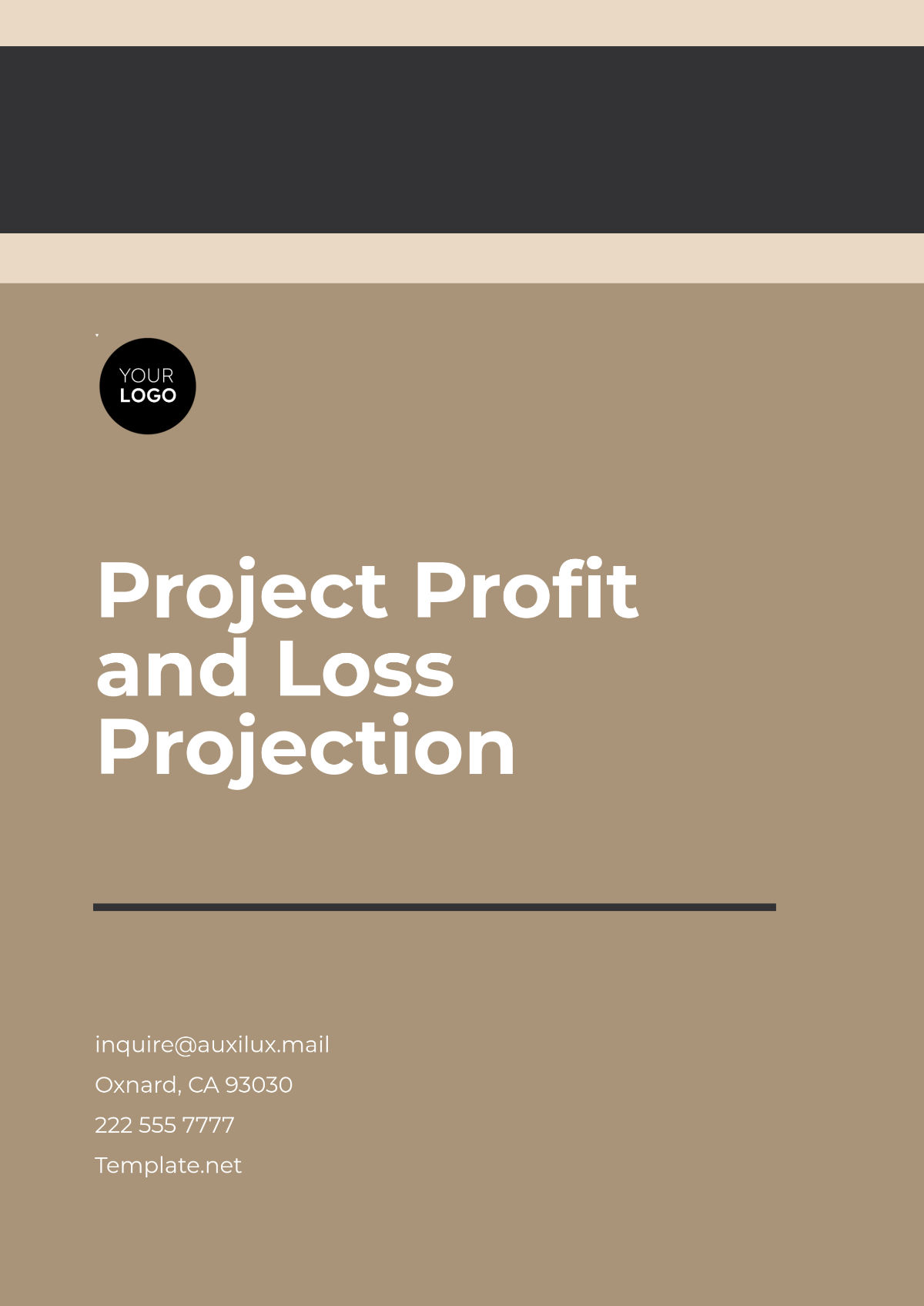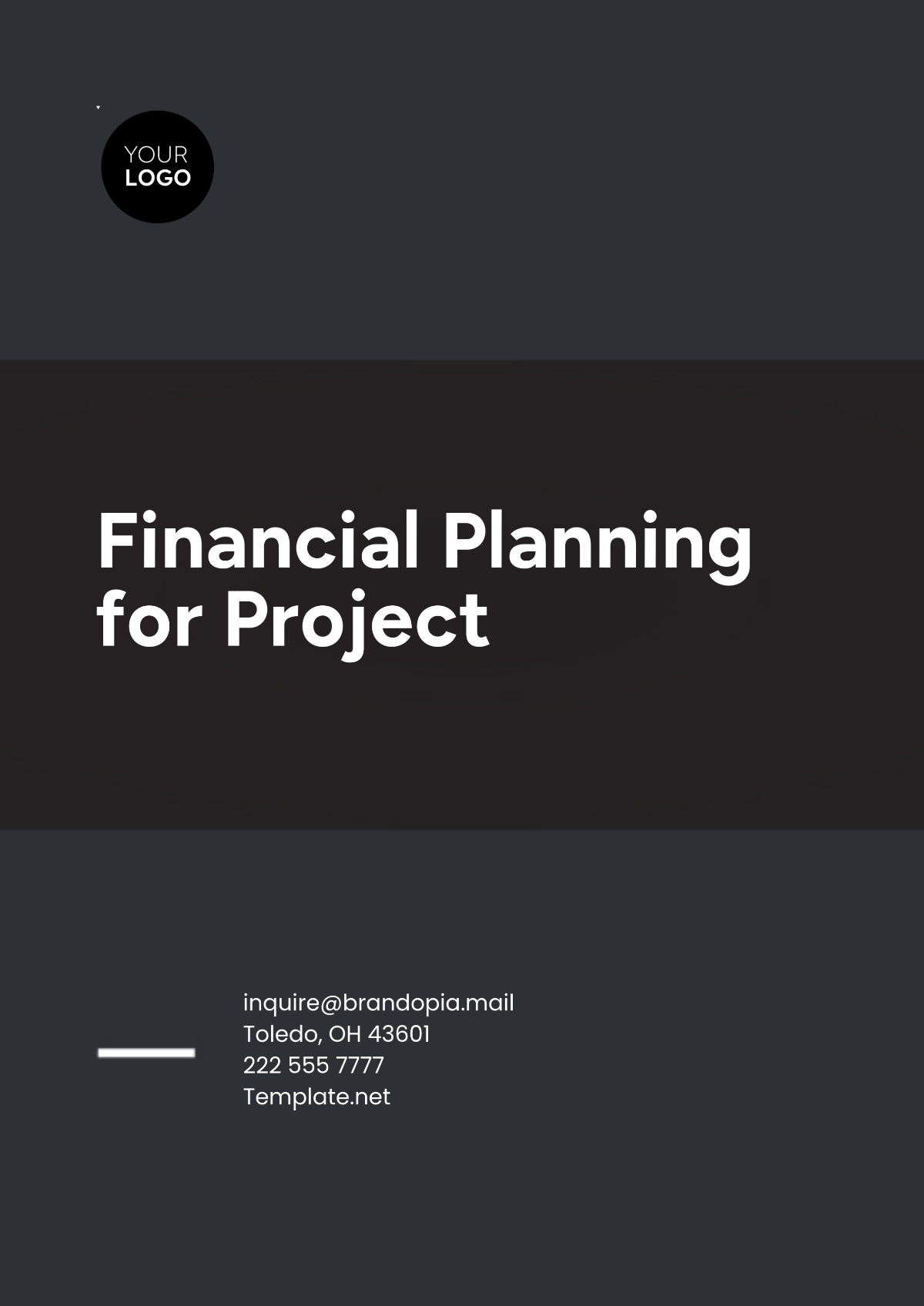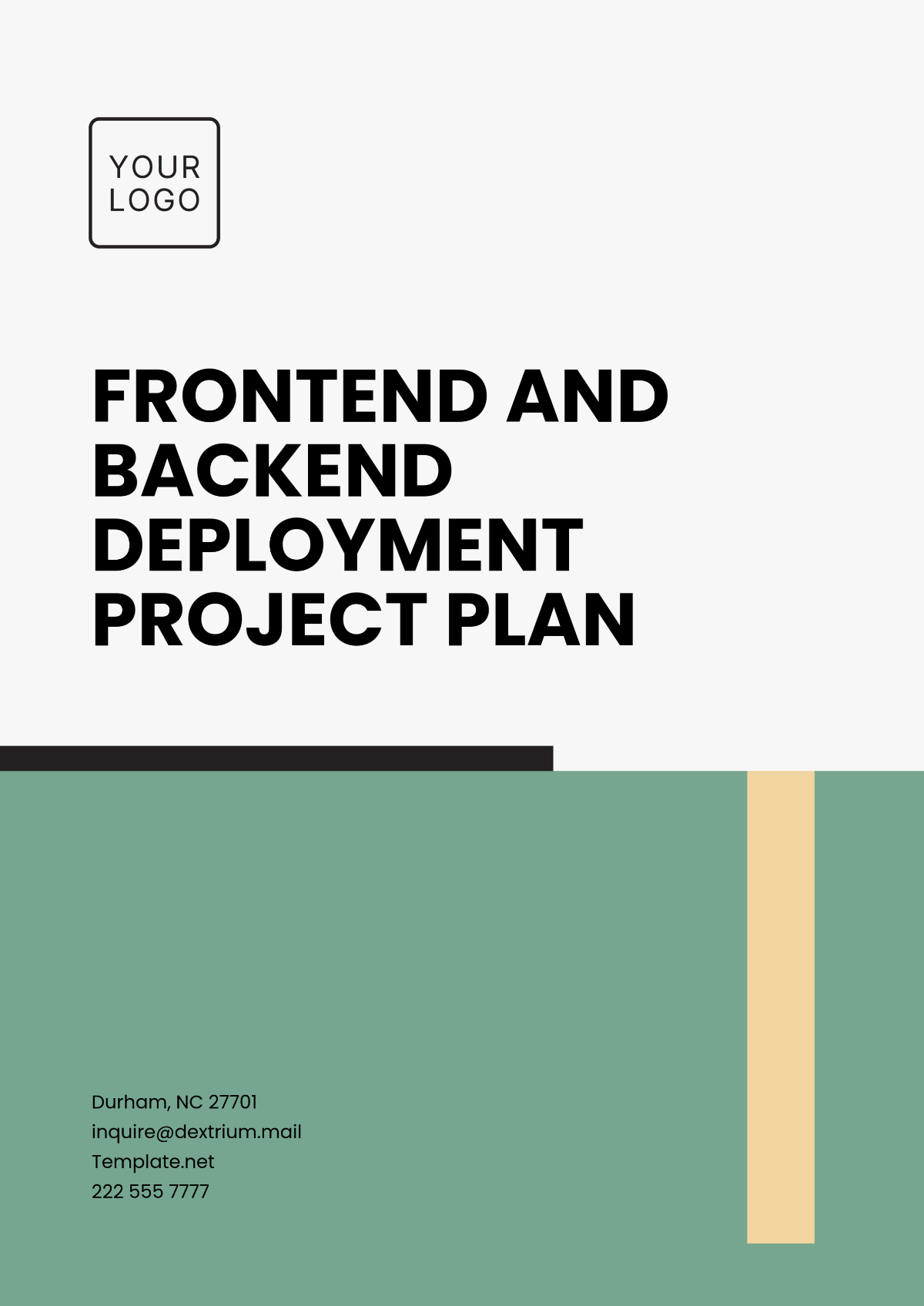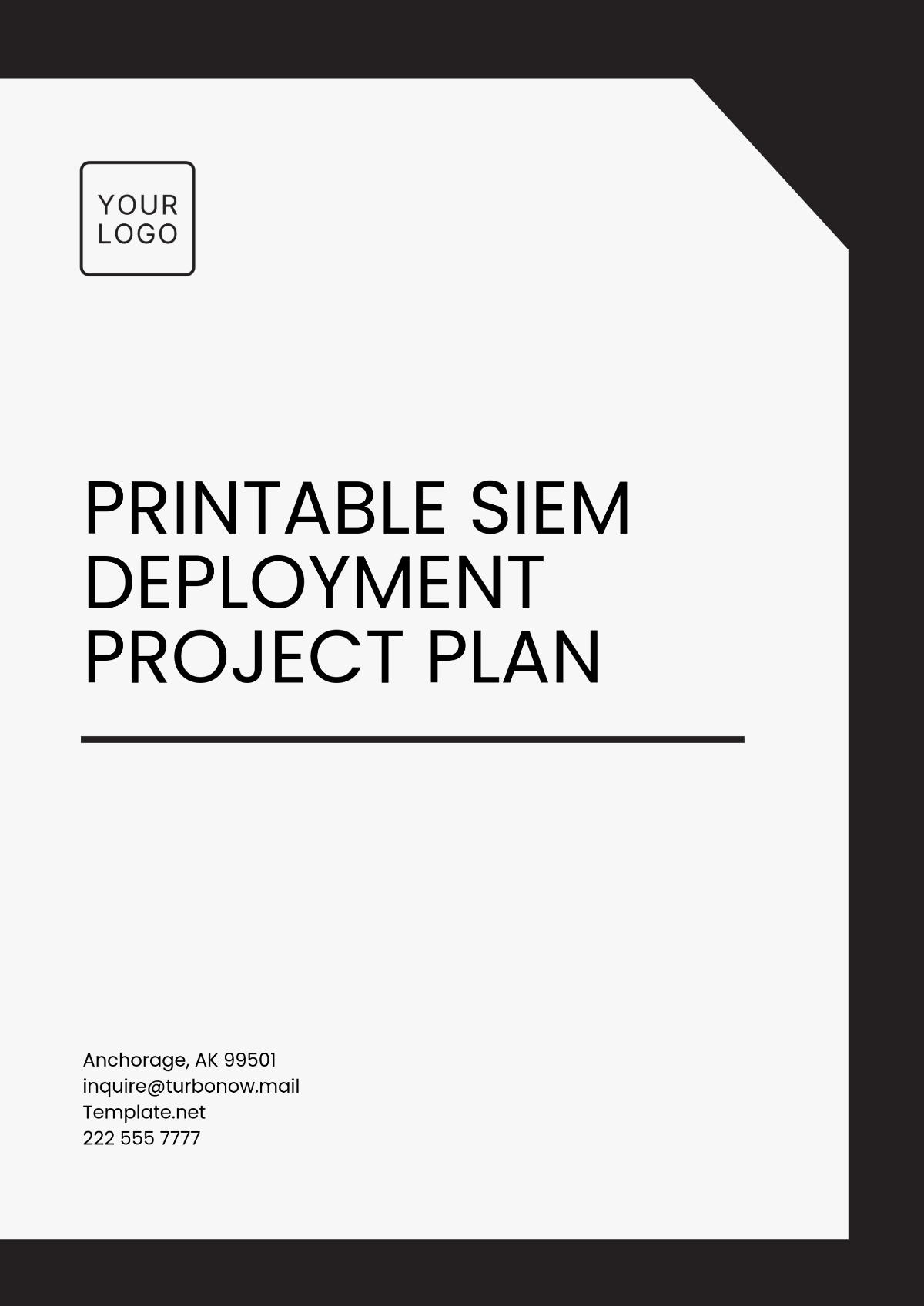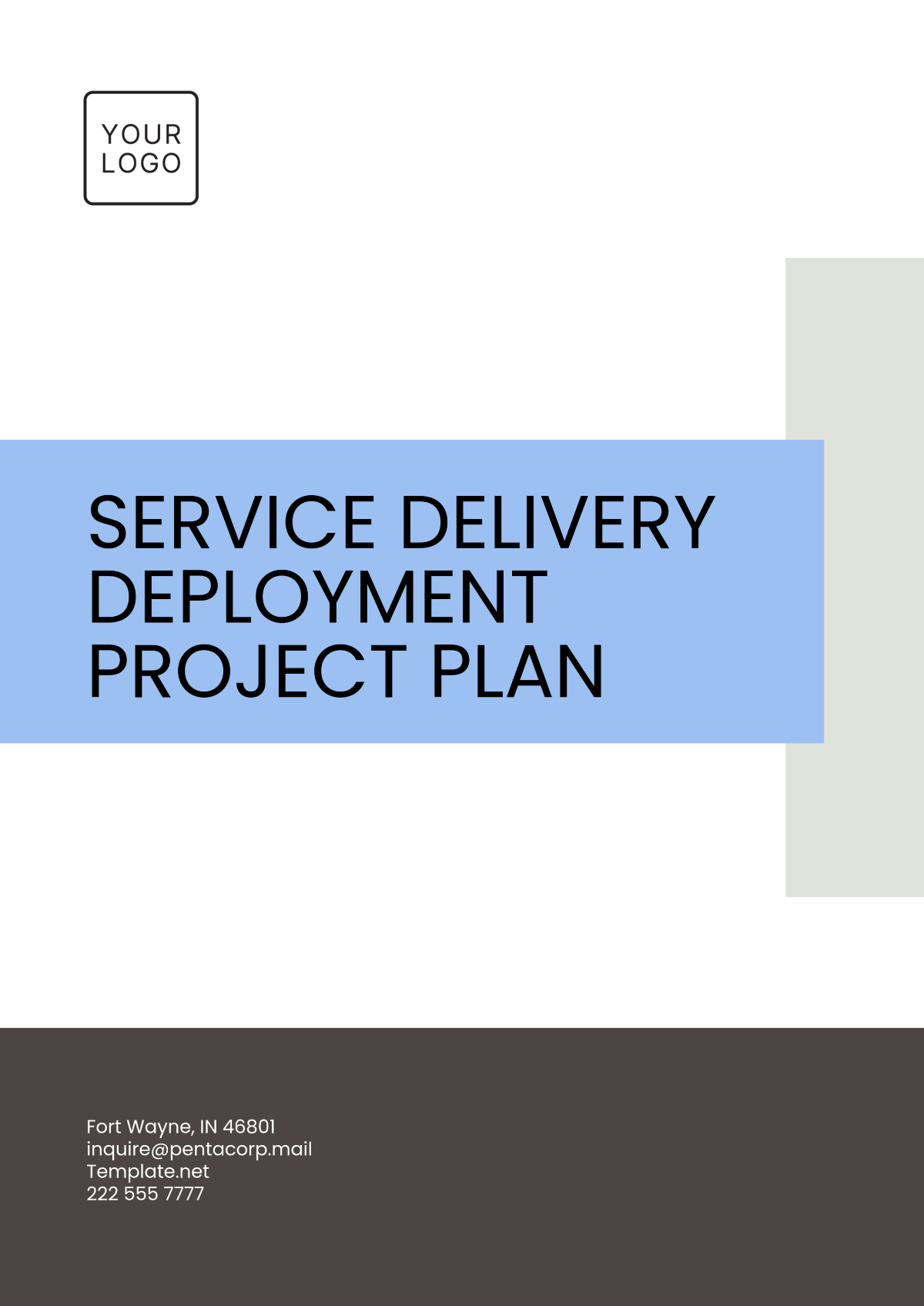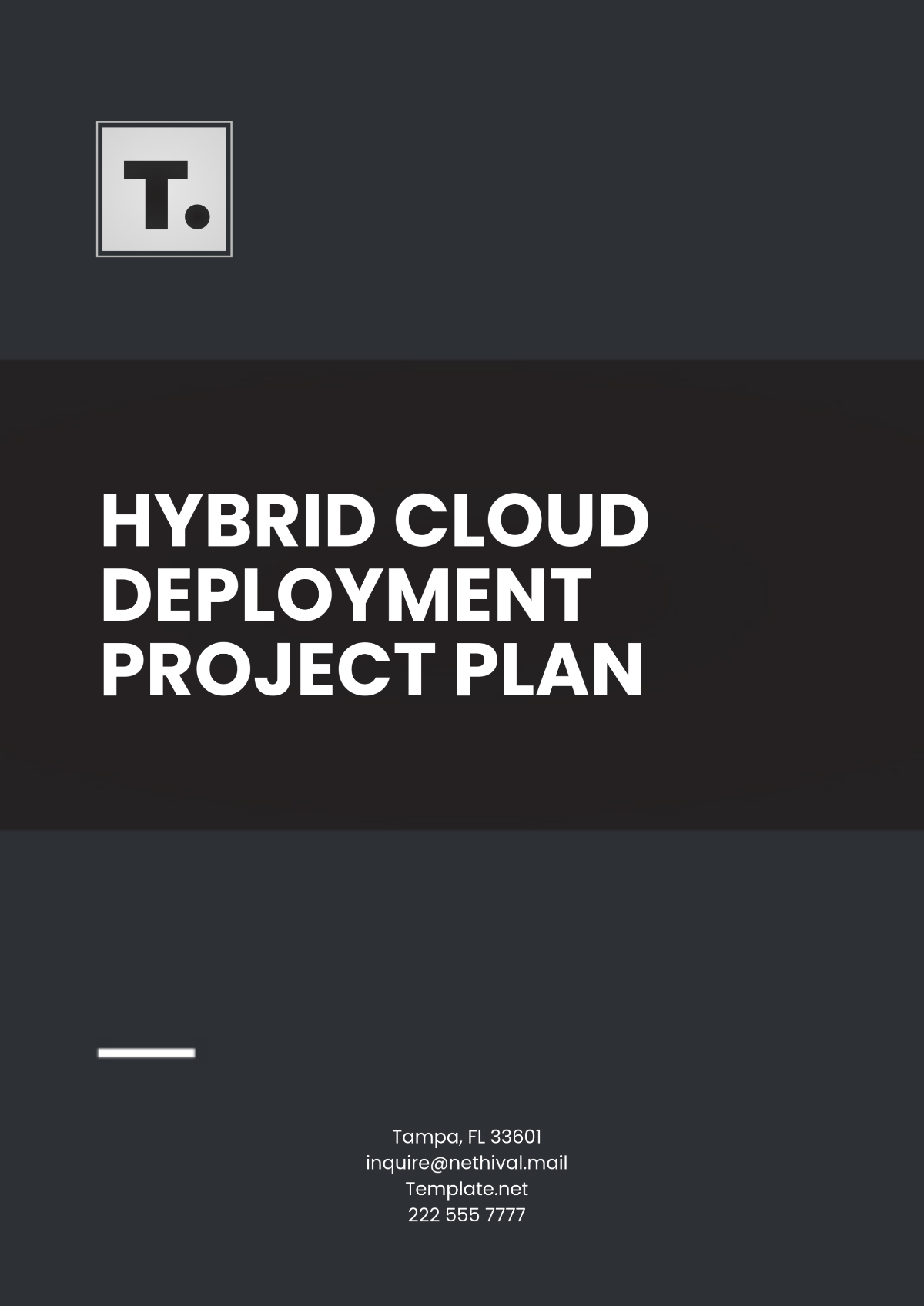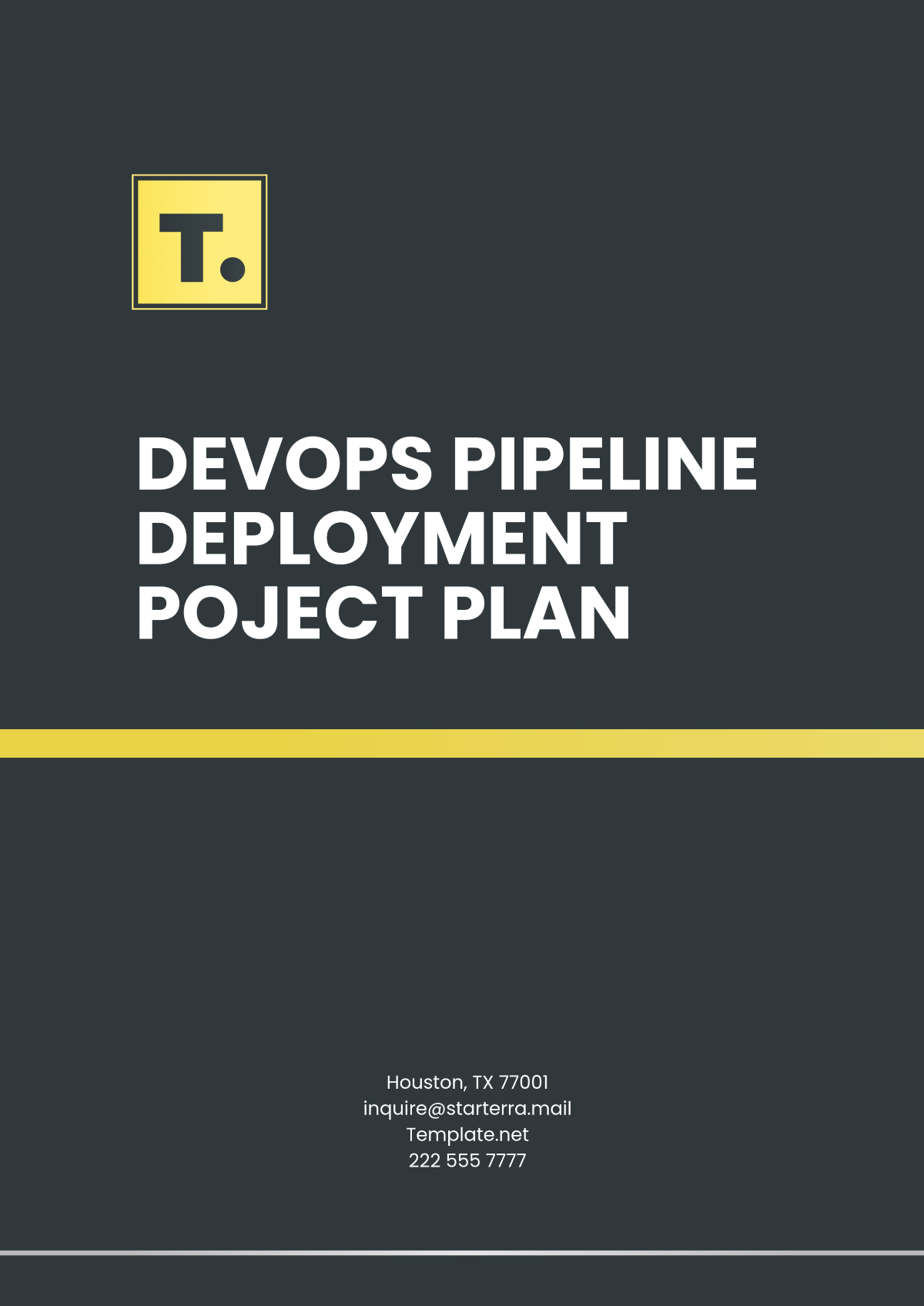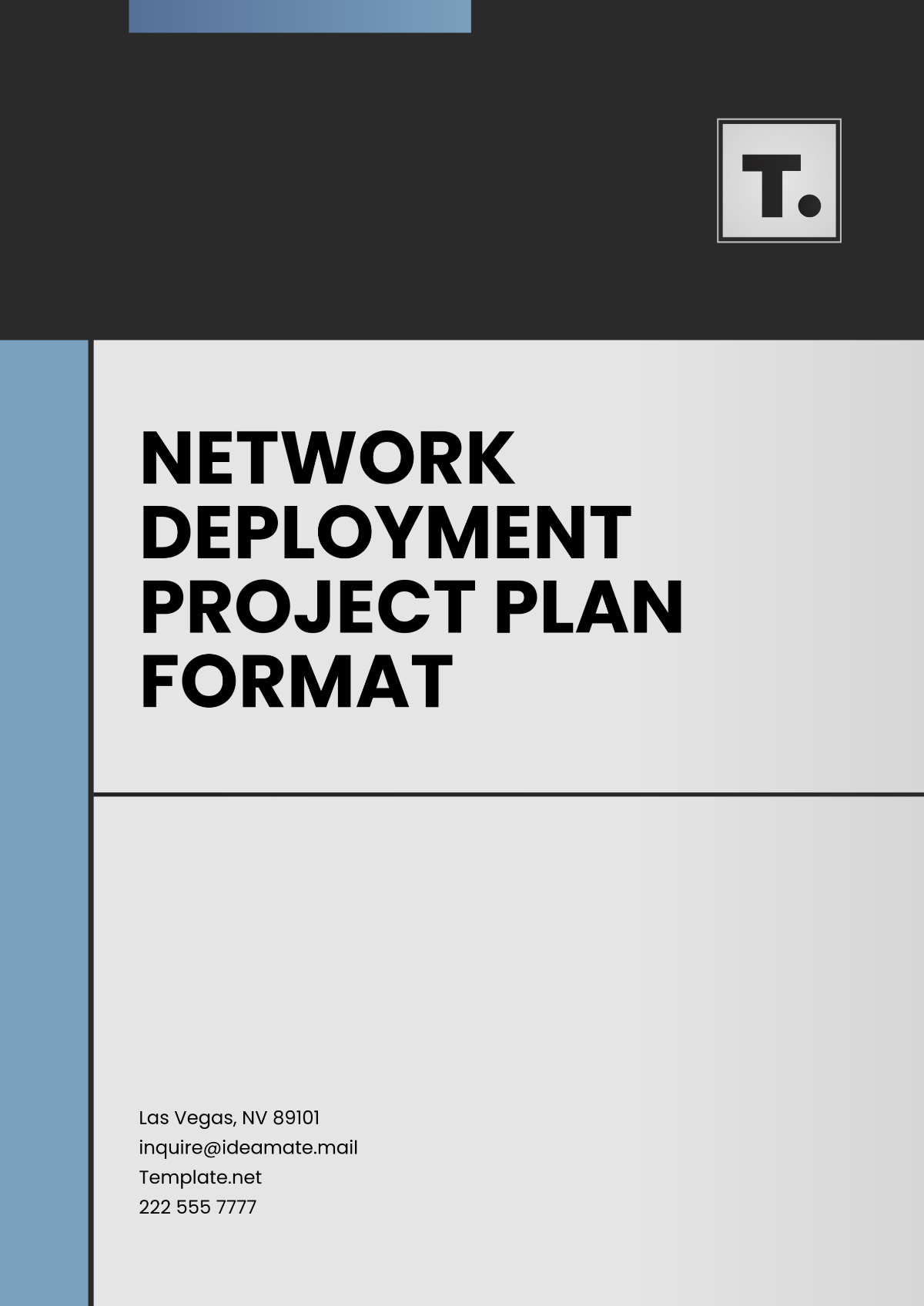Feasibility Project Plan Specification Design
Prepared by: [Your Name]
Date: [Date]
I. Executive Summary
The proposed project aims to develop and launch a new software platform designed to streamline customer relationship management (CRM) for small businesses. This project will focus on providing an intuitive, user-friendly solution that integrates with existing platforms, enhances automation, and increases efficiency. The software will be scalable, customizable, and cost-effective for small enterprises.
II. Project Scope
This project involves the complete lifecycle of designing, developing, testing, and deploying the CRM software. The scope includes the following major components:
Software Development: Design and coding of the CRM system.
Testing: Quality assurance and user testing to ensure functionality and performance.
Deployment: Roll-out of the software to end-users with ongoing support.
Maintenance: Regular updates, bug fixes, and customer support post-launch.
III. Objectives
Primary Goal: Develop a fully functional CRM software platform by the end of the project timeline.
Specific Goals:
Achieve a user satisfaction rate of at least 85% based on initial feedback.
Ensure software integrates with at least five widely-used platforms (e.g., email, accounting software).
Deliver the project within the proposed budget and timeline.
IV. Resource Requirements
A. Human Resources
Project Manager: Oversees project delivery and manages team coordination.
Software Developers: Responsible for coding, database design, and implementation.
QA Testers: Conduct software testing for functionality and usability.
Marketing Team: Handles product promotion and customer outreach.
B. Technology Resources
Development Tools: Programming languages (Python, JavaScript), frameworks, and cloud platforms.
Hardware: Servers for development, testing, and deployment.
Software: Licensing for tools, IDEs, and cloud services.
V. Timeline
Phase | Duration | Description |
|---|---|---|
Phase 1 - Planning | 2 weeks | Initial planning, team formation, and requirement gathering. |
Phase 2 - Design | 4 weeks | Prototype design, UI/UX development, and user feedback. |
Phase 3 - Development | 8 weeks | Software coding, database setup, and feature implementation. |
Phase 4 - Testing | 4 weeks | Functional and user testing to ensure software performance. |
Phase 5 - Deployment and Support | 2 weeks | Roll-out to customers, training, and post-launch support. |
Total Project Duration | 20 weeks |
VI. Budget and Financial Plan
Expense Category | Amount | Description |
|---|---|---|
Development Costs | $200,000 | Software developers, QA testers, and project managers |
Tools and Software Licenses | $50,000 | Cloud hosting, development software |
Marketing and Promotion | $30,000 | Website, ads, customer outreach |
Contingency Fund | $20,000 | For unforeseen expenses |
Total Estimated Budget | $300,000 | Total project cost |
VII. Risk Assessment
A. Technical Risks
Software Bugs: Potential delays due to unforeseen coding challenges.
Integration Issues: Difficulty in ensuring compatibility with third-party tools.
Mitigation: Hire experienced developers, conduct early testing, and ensure robust documentation.
B. Operational Risks
Team Availability: Key team members may be unavailable due to other commitments.
Mitigation: Cross-train team members and maintain a flexible schedule.
C. Market Risks
Competition: New competitors could emerge during the project.
Mitigation: Continuous market research and adjustments to project strategy.
VIII. Technical Specifications
A. Platform Requirements
The software will be cloud-based and accessible via web browsers.
Supported platforms: Windows, macOS, and mobile (iOS and Android).
B. Security
Implement encryption for data storage and communication.
Adhere to GDPR and other relevant privacy regulations.
C. Performance
The platform must handle at least 1,000 concurrent users without performance degradation.
Database queries should execute within 2 seconds.
IX. Evaluation Criteria
A. Project Success Criteria
The software is delivered on time and within budget.
At least 85% of initial users report satisfaction.
The platform achieves a minimum uptime of 99.5% post-deployment.
B. Performance Metrics
User adoption rate within 3 months.
Number of reported bugs or issues during the first month.
Customer retention rate after 6 months of usage.
